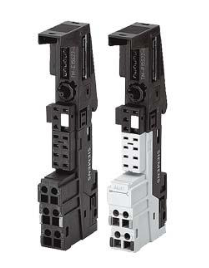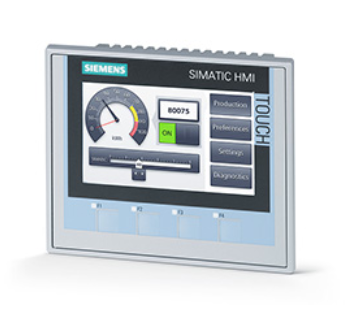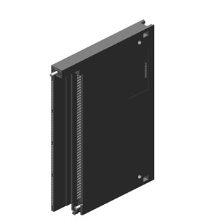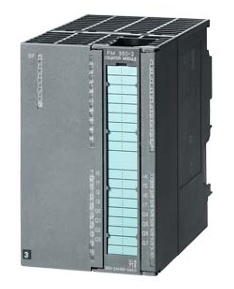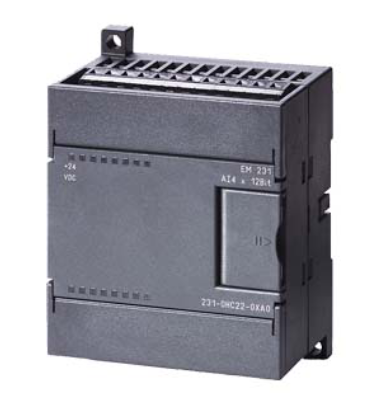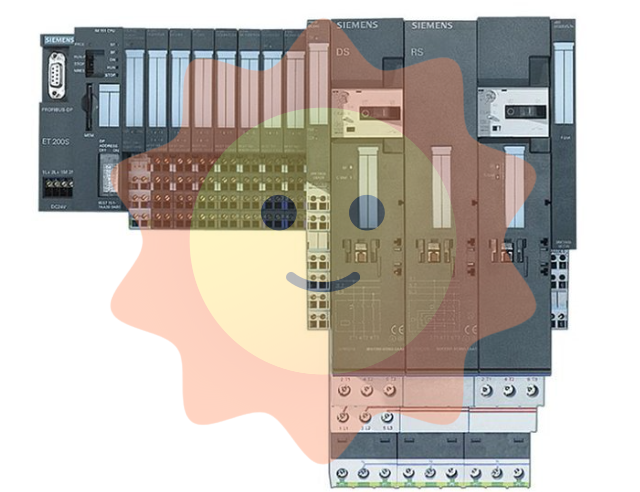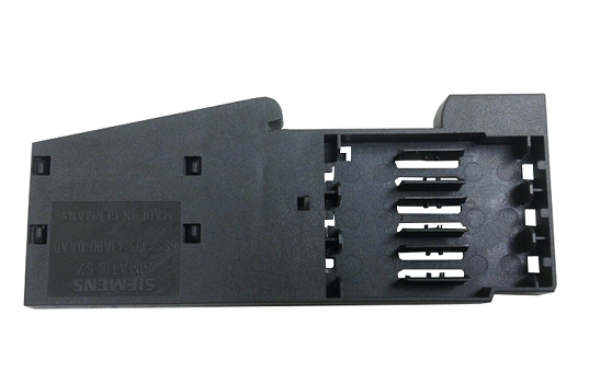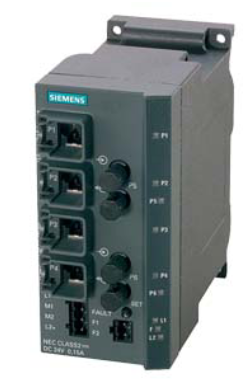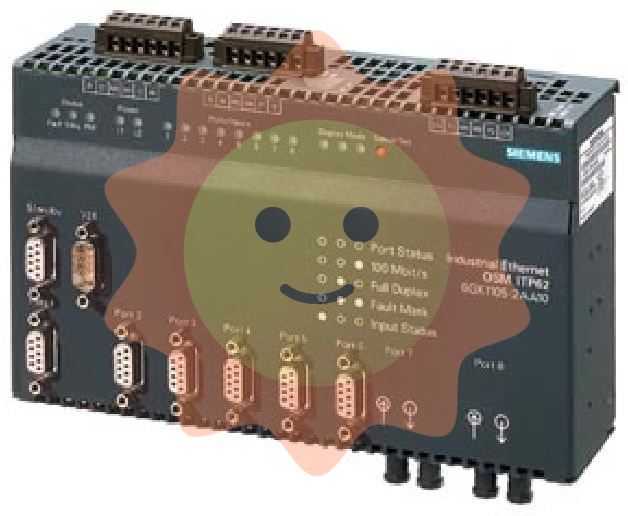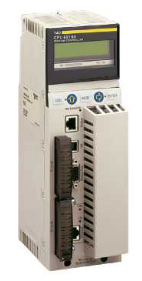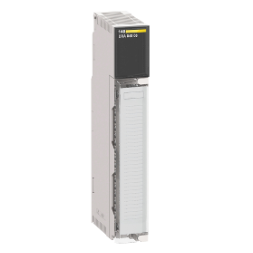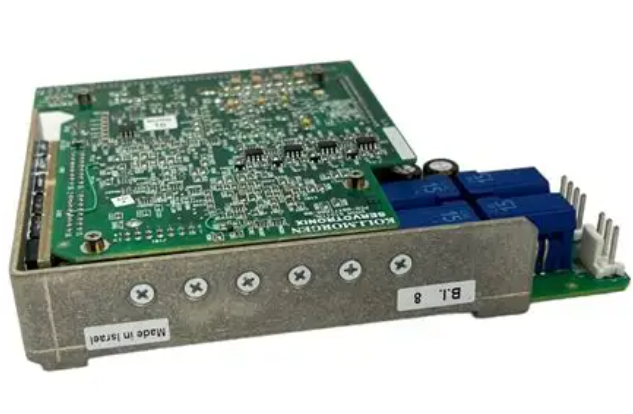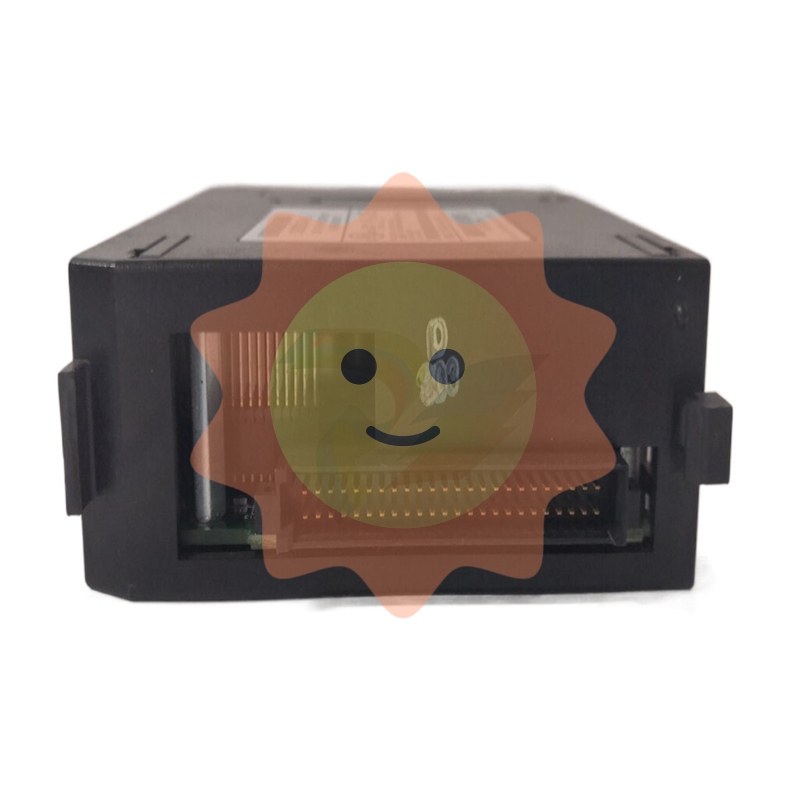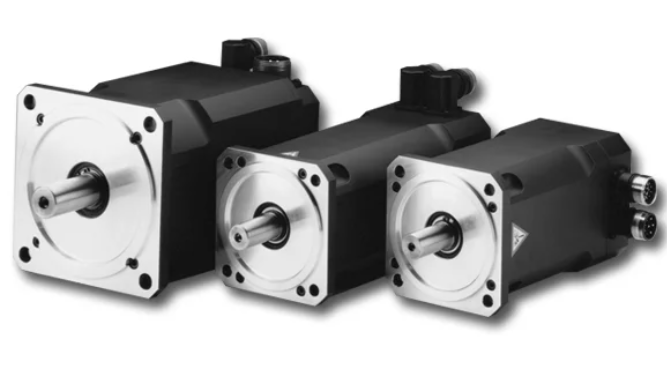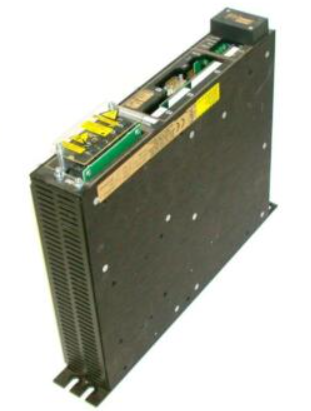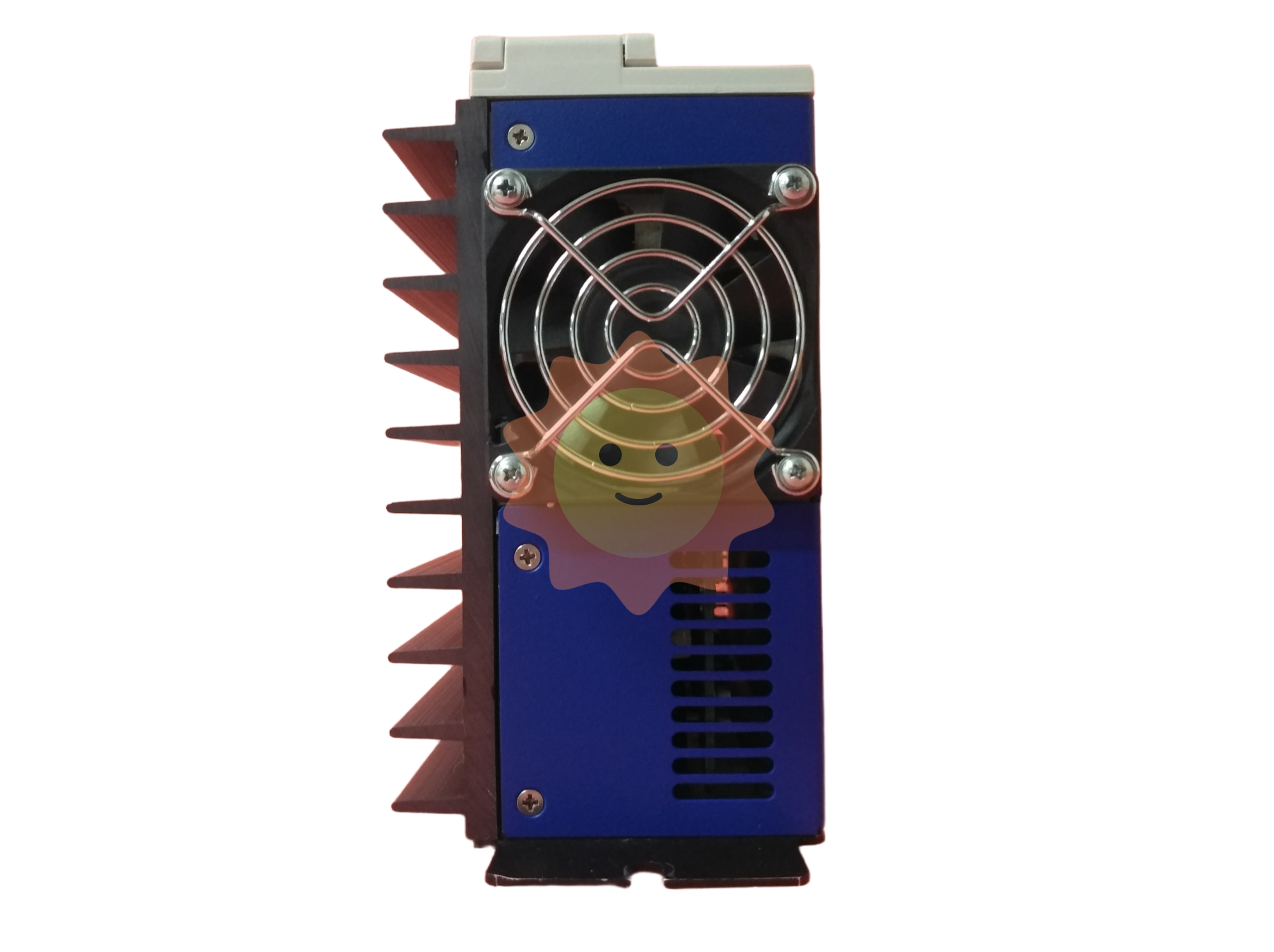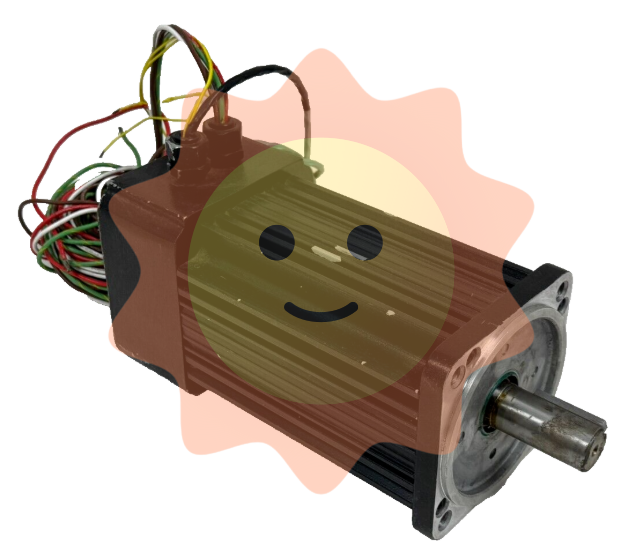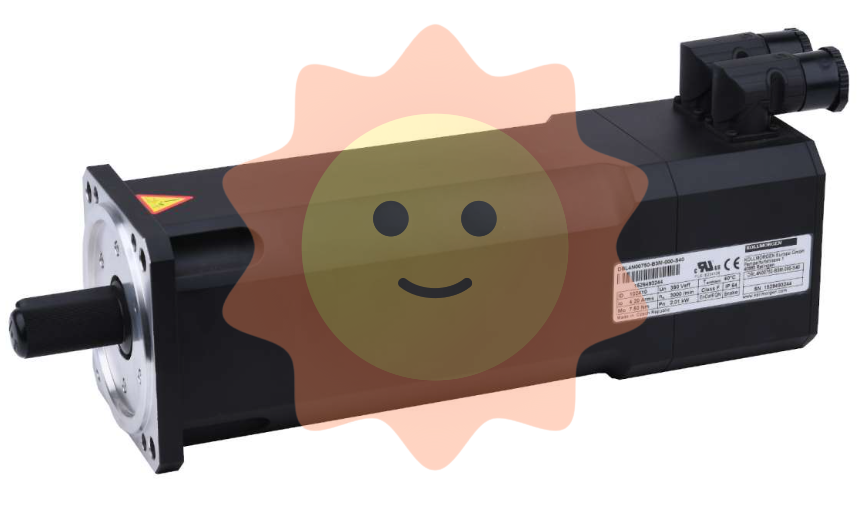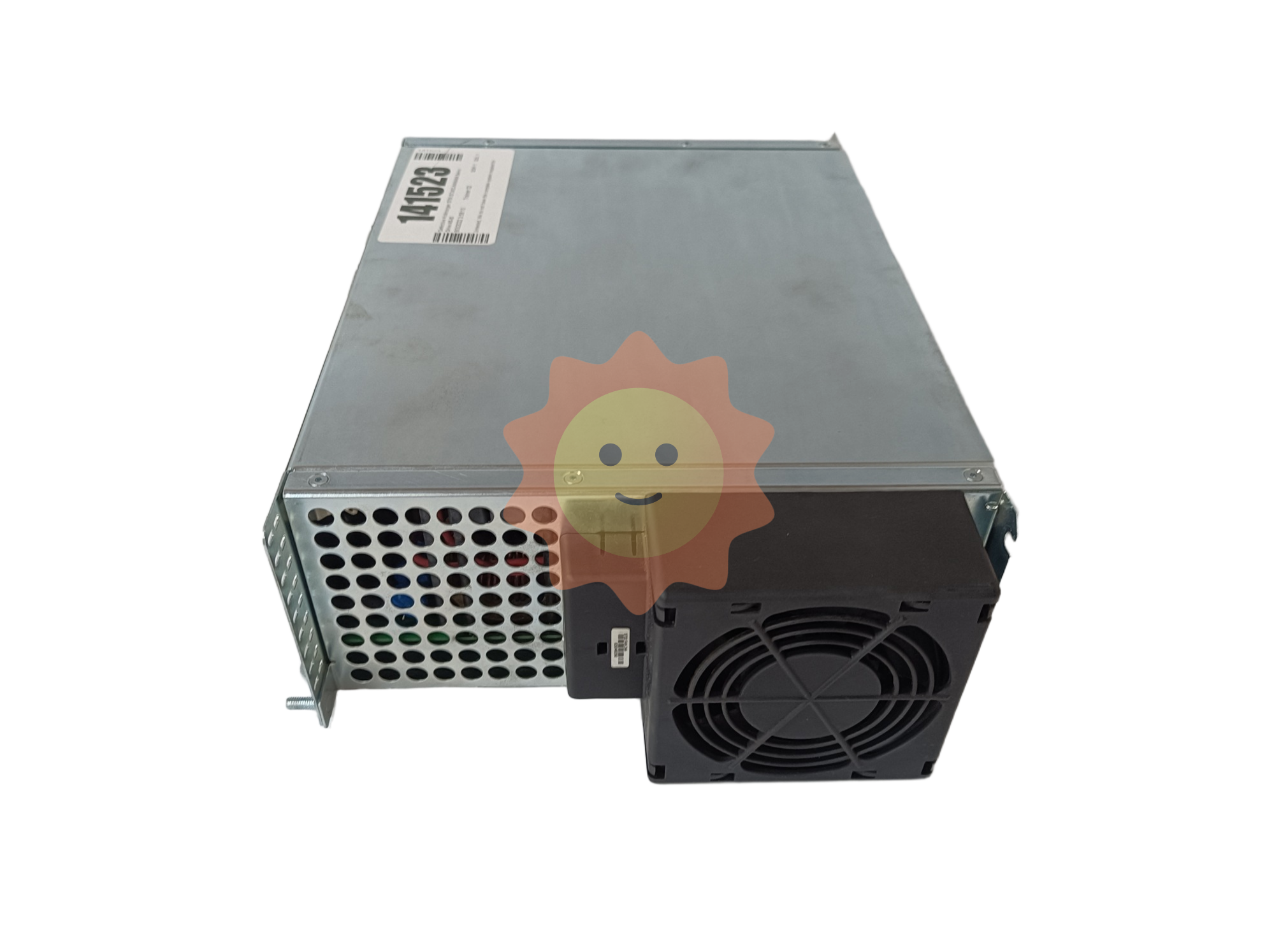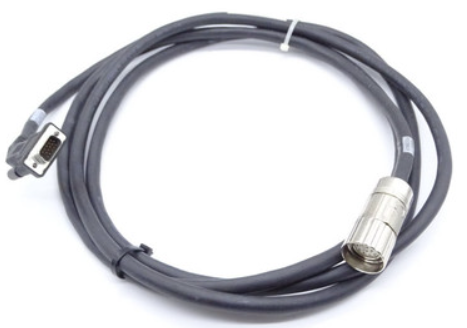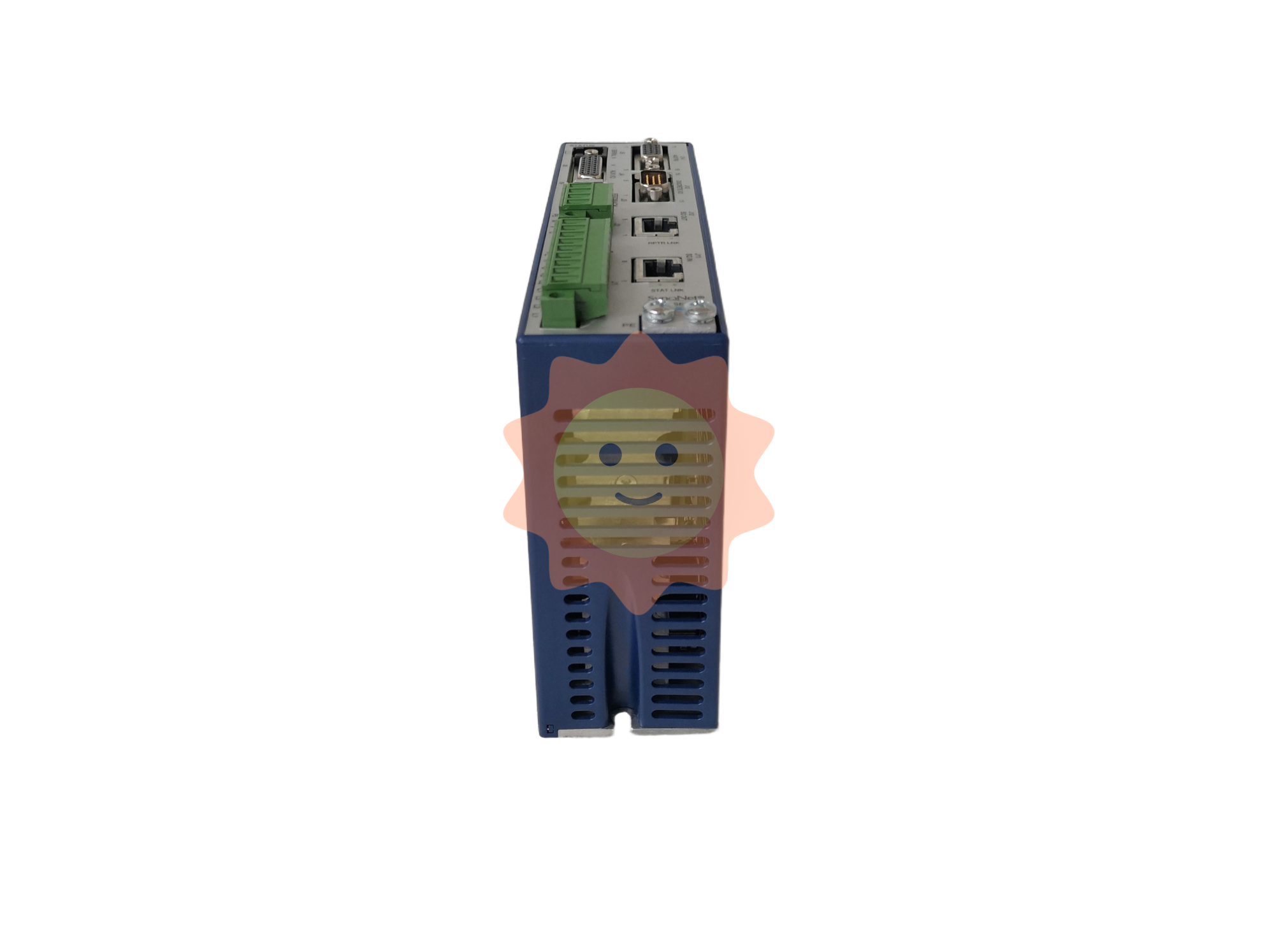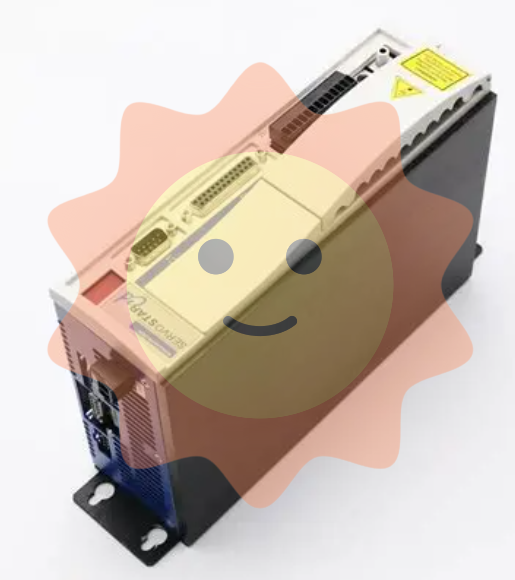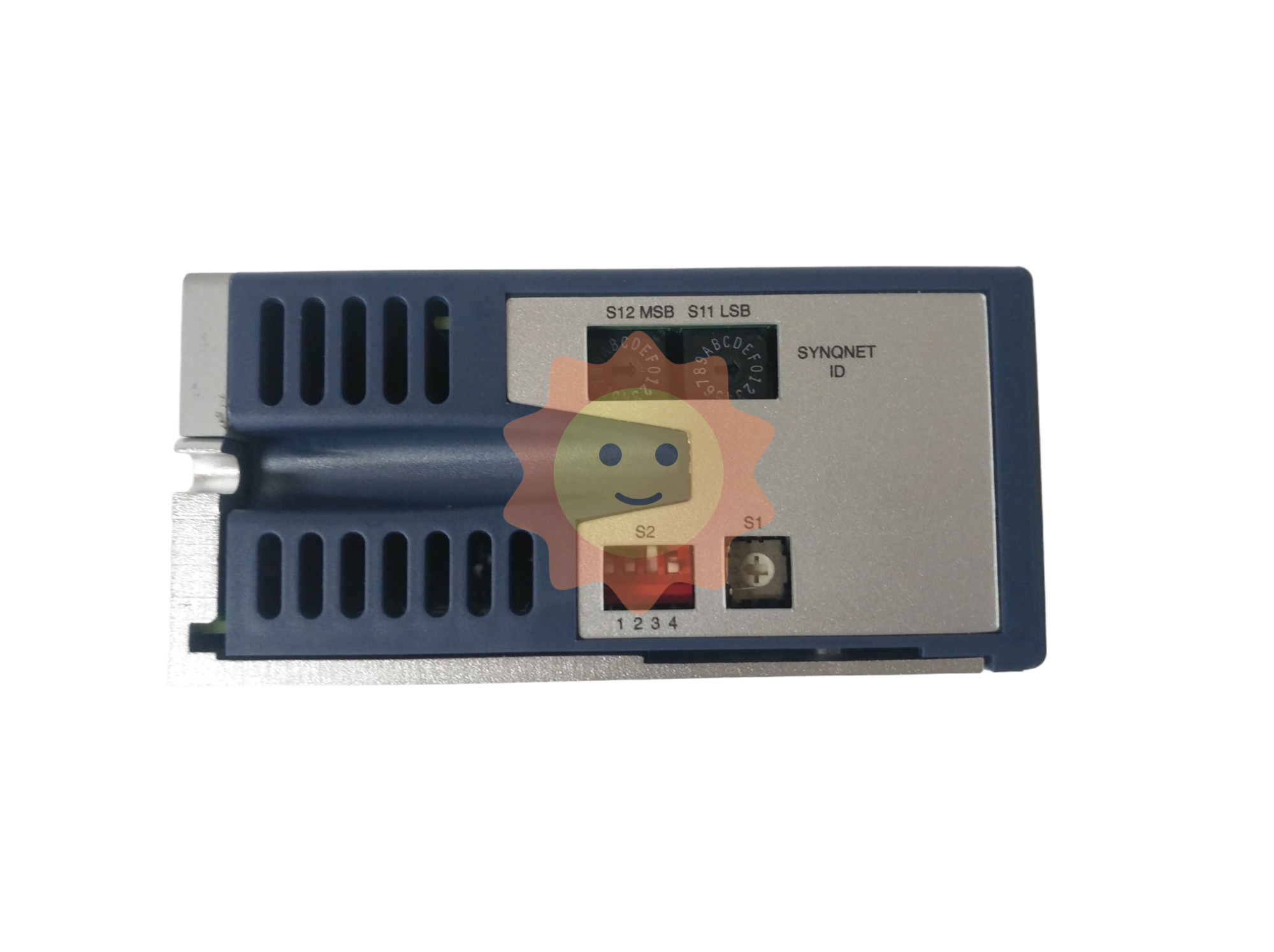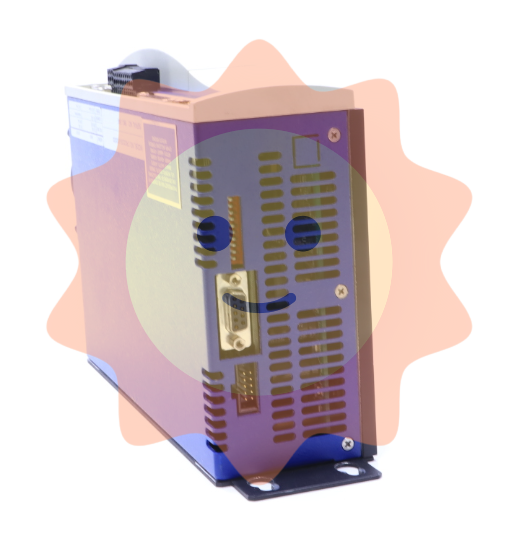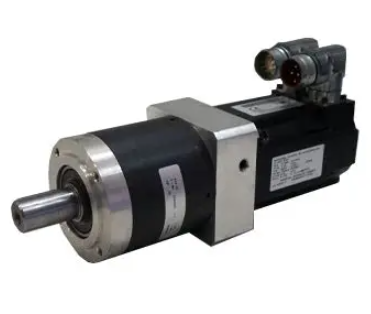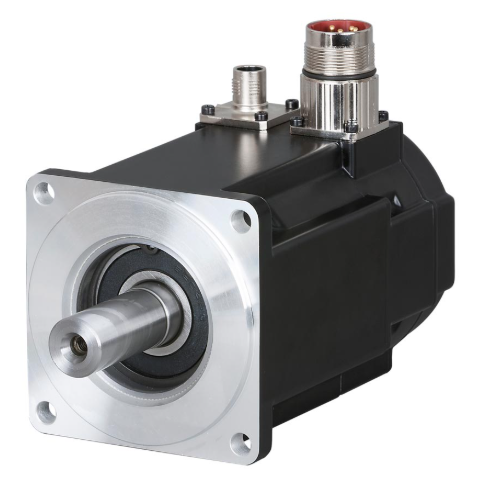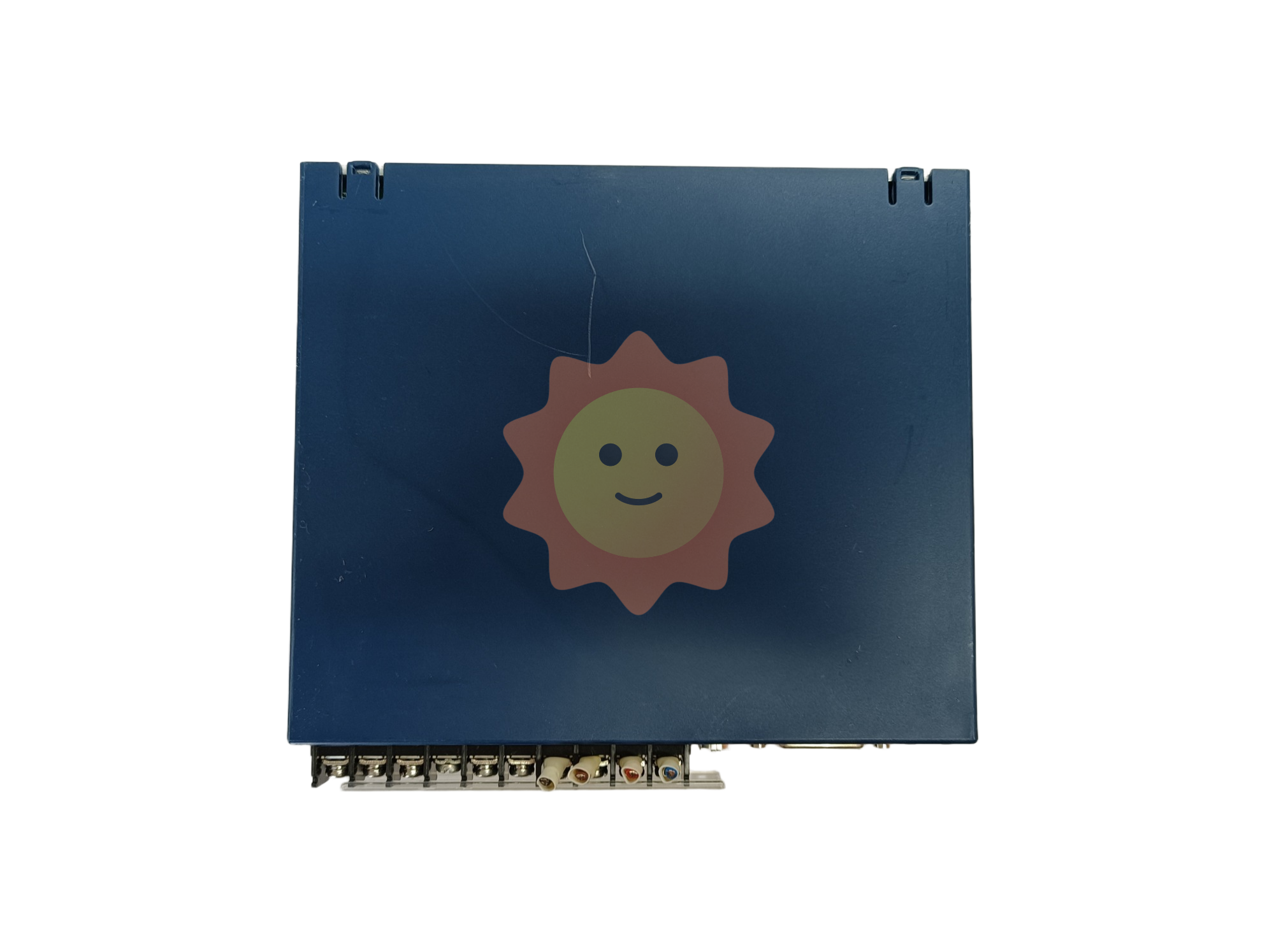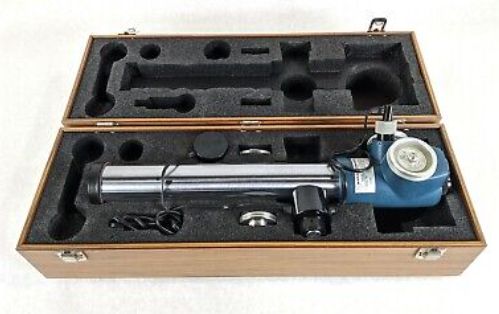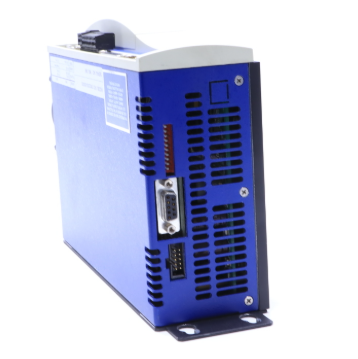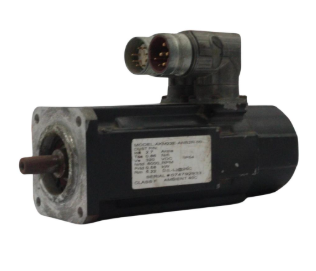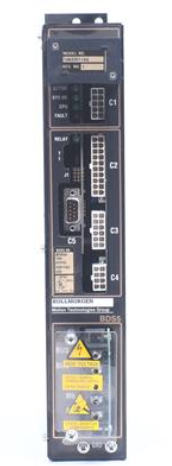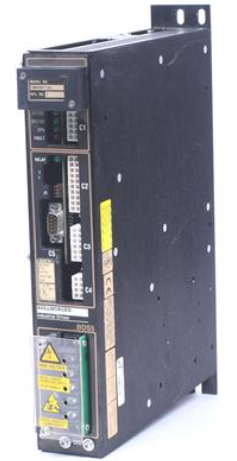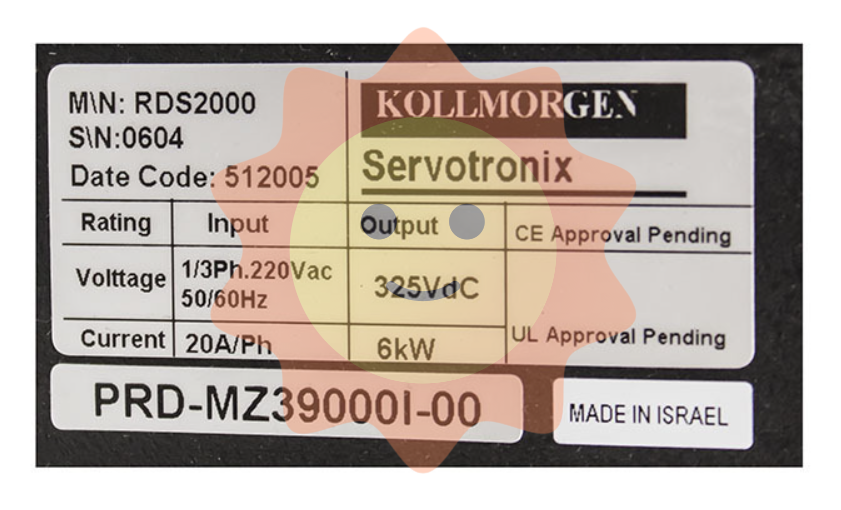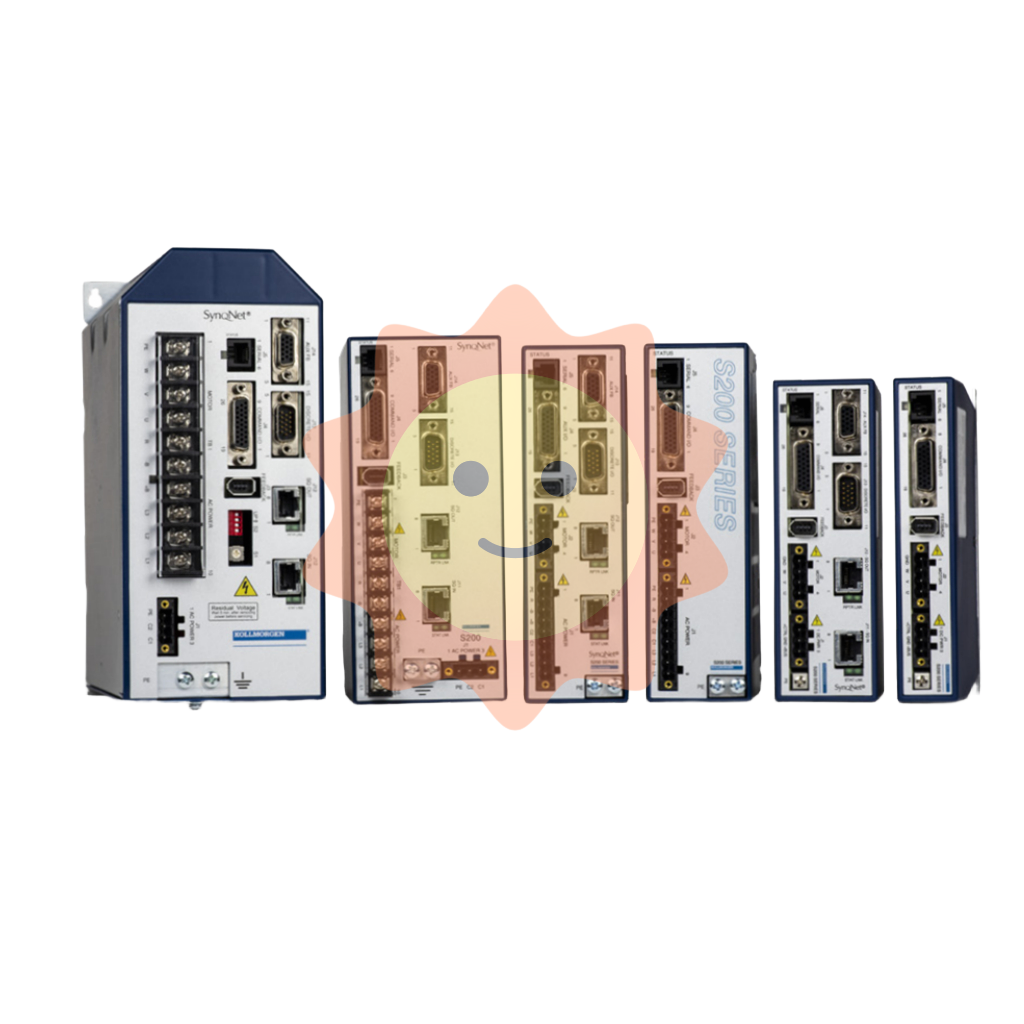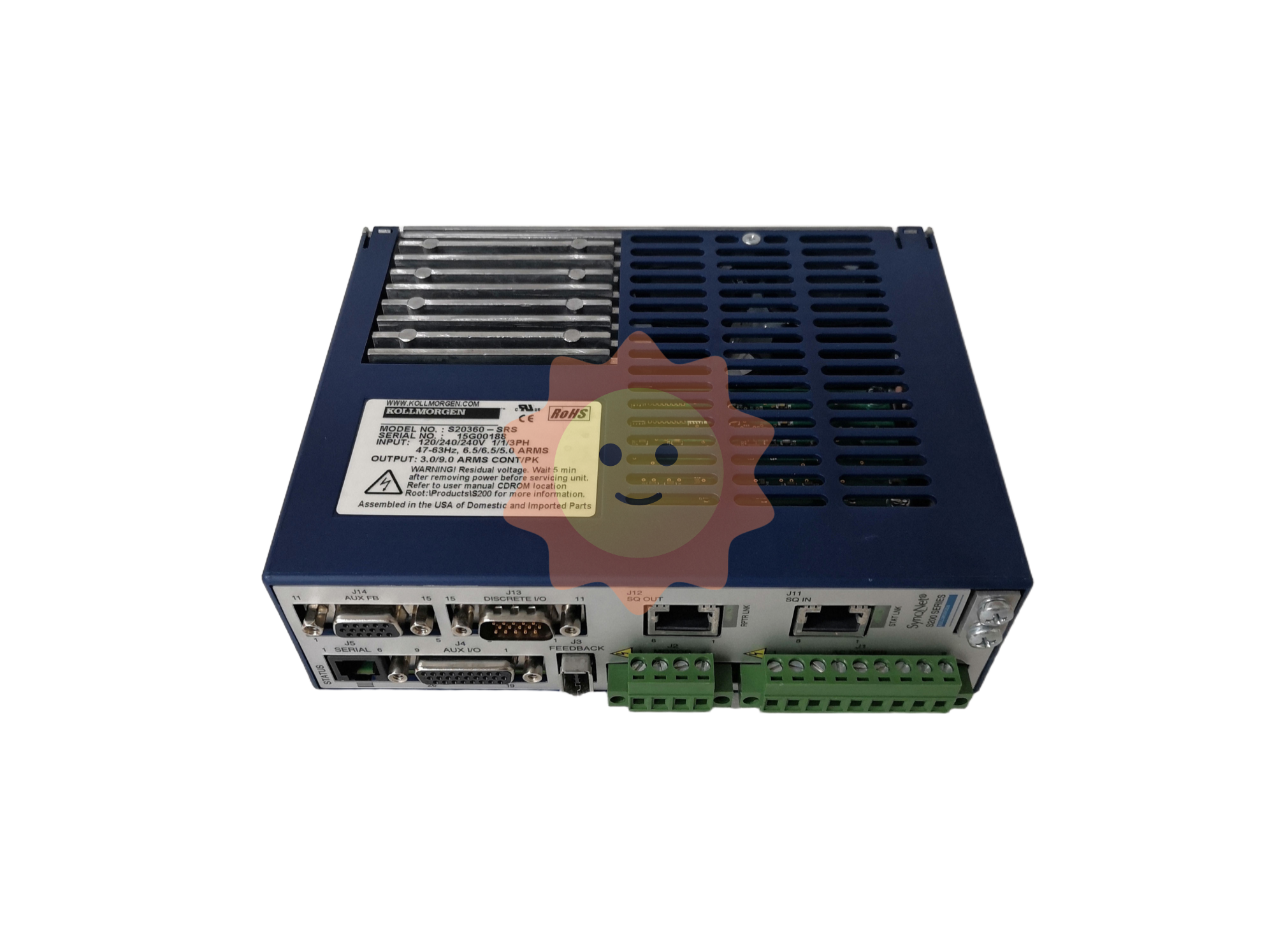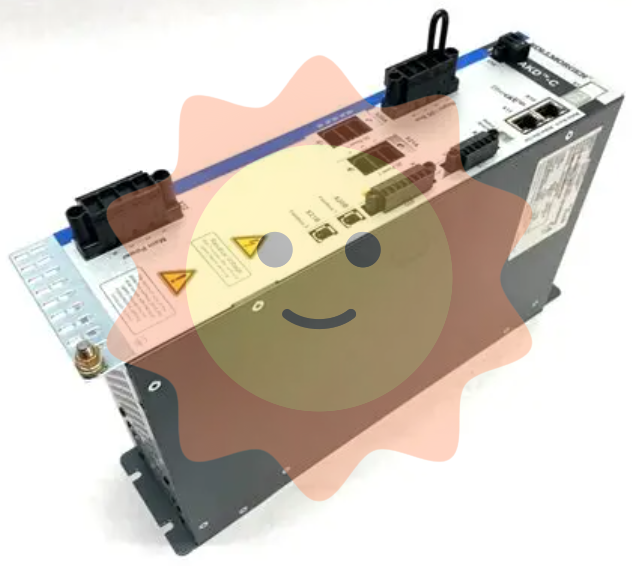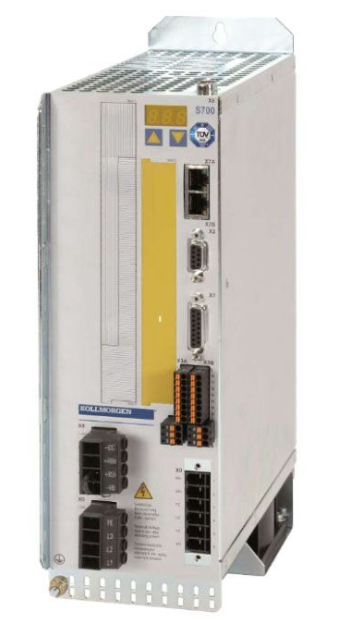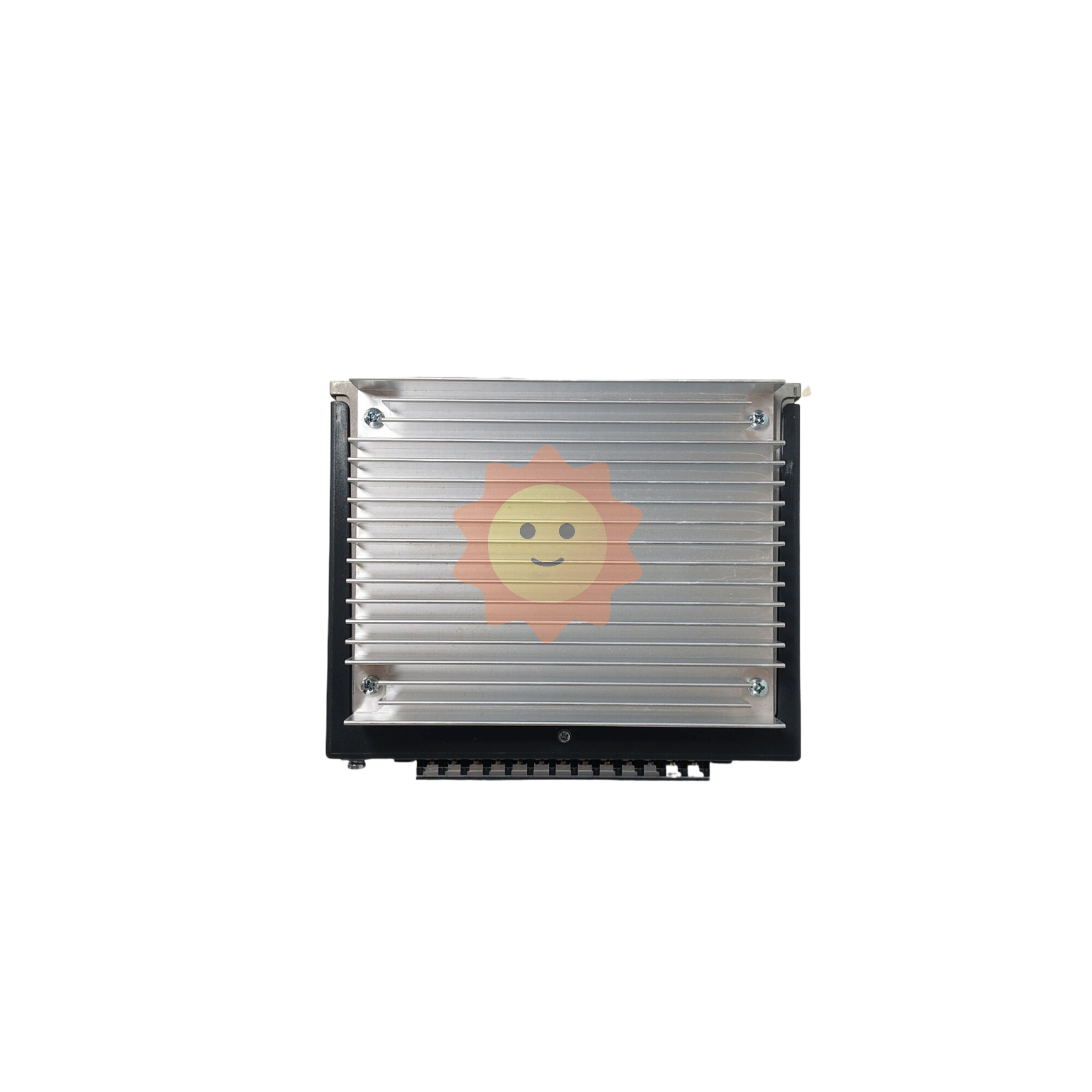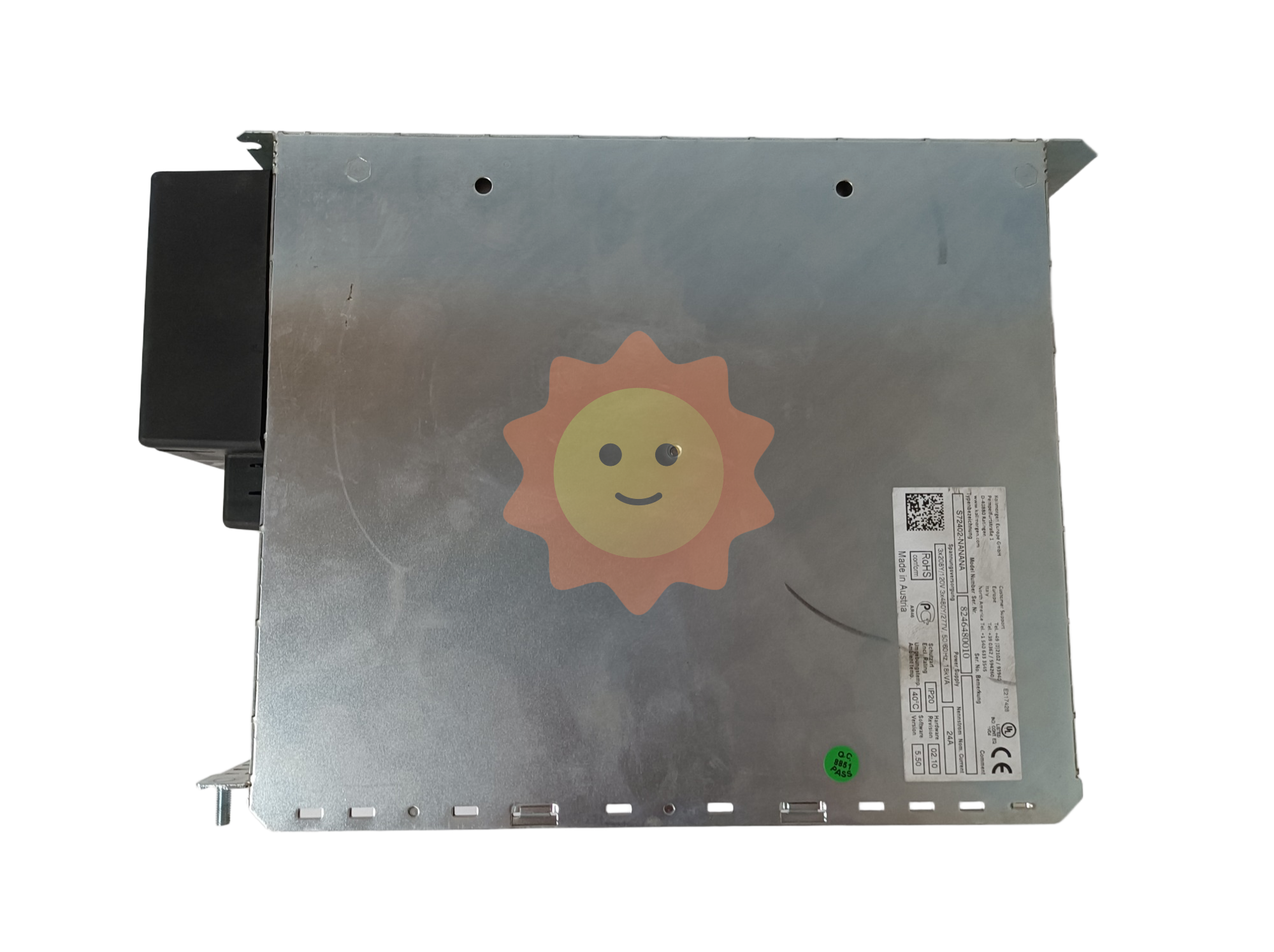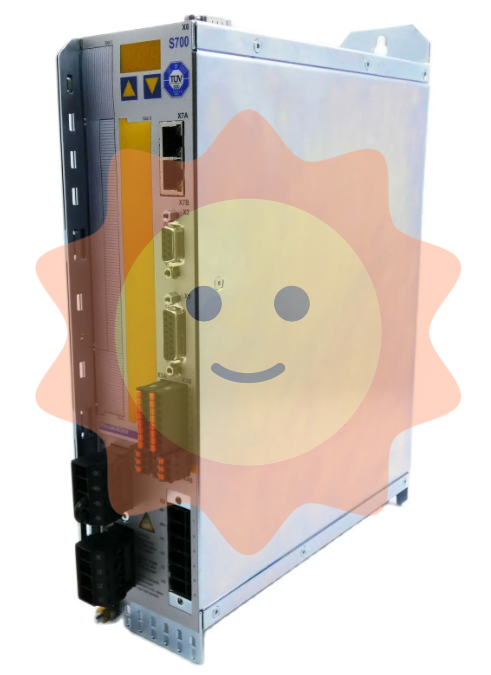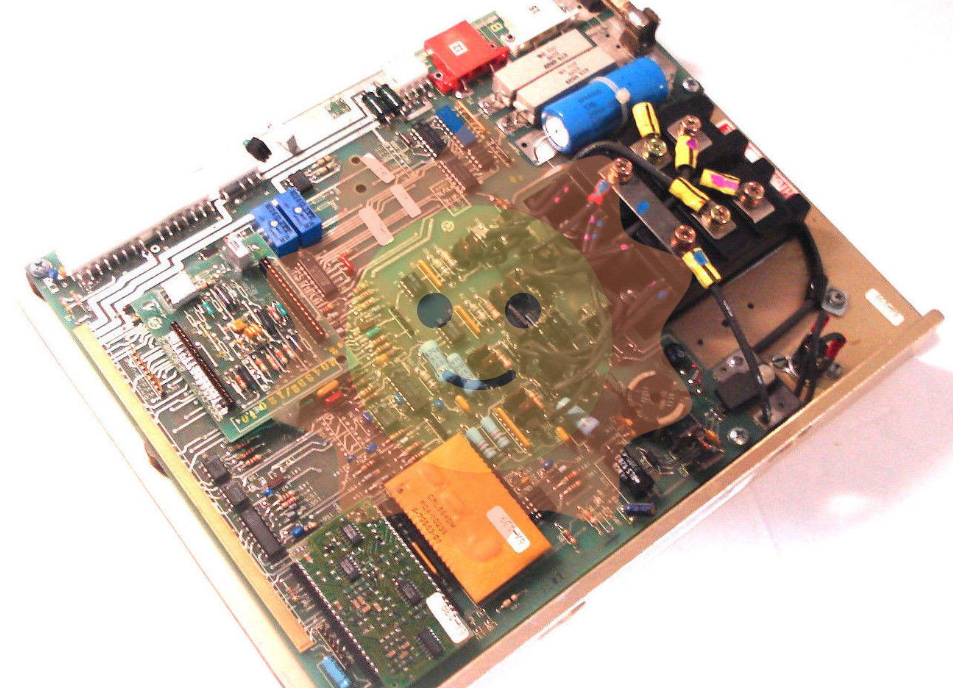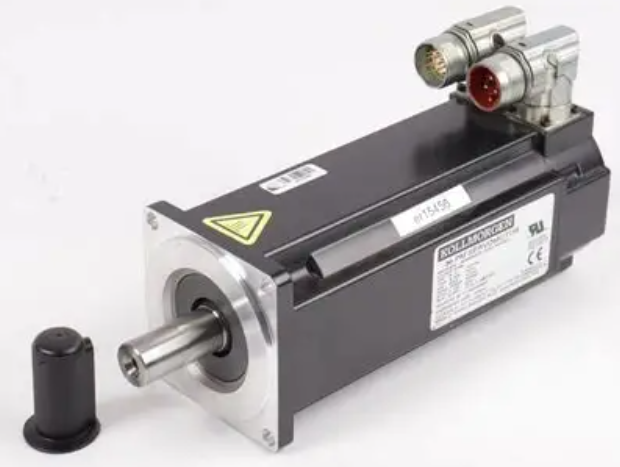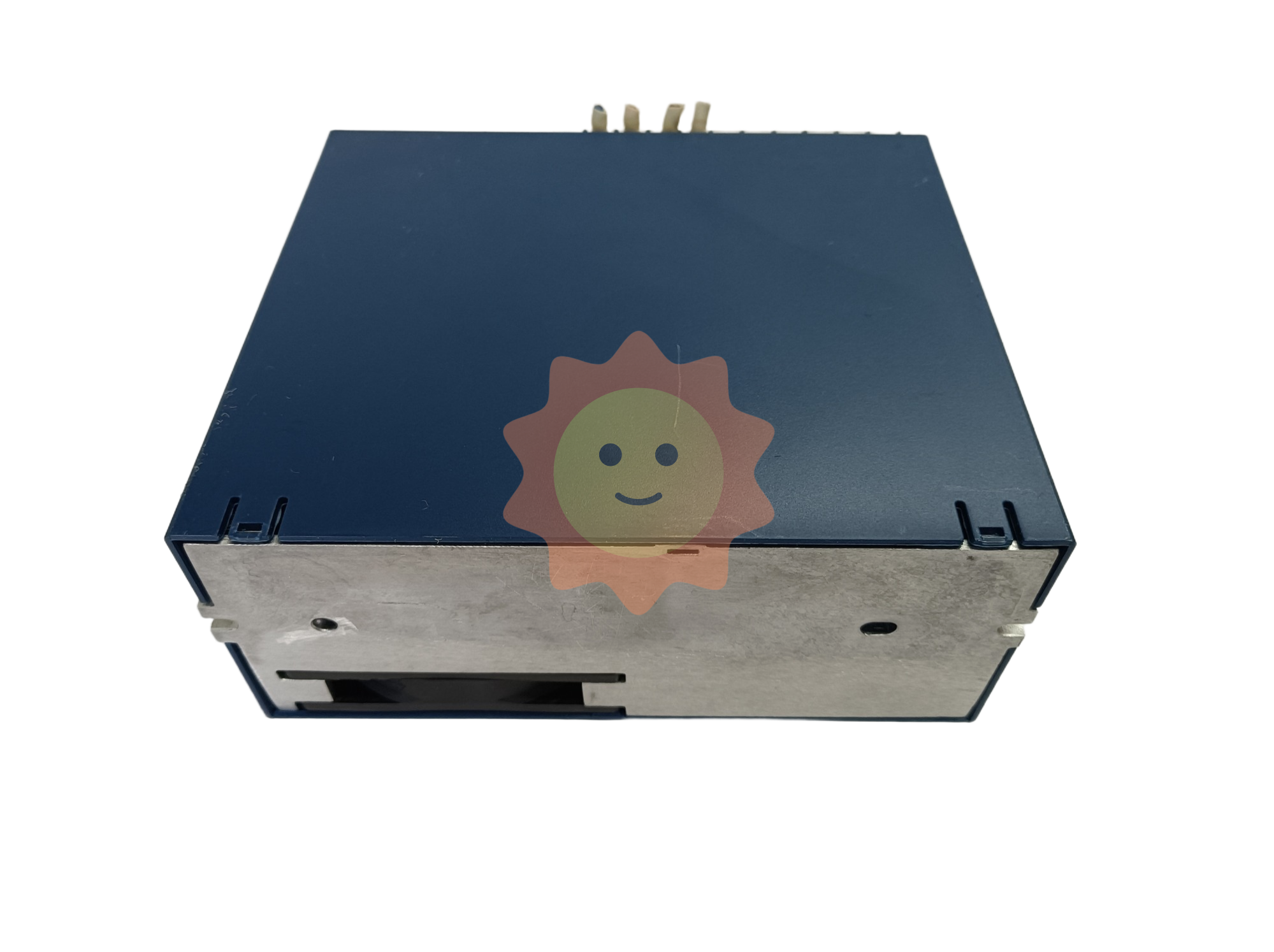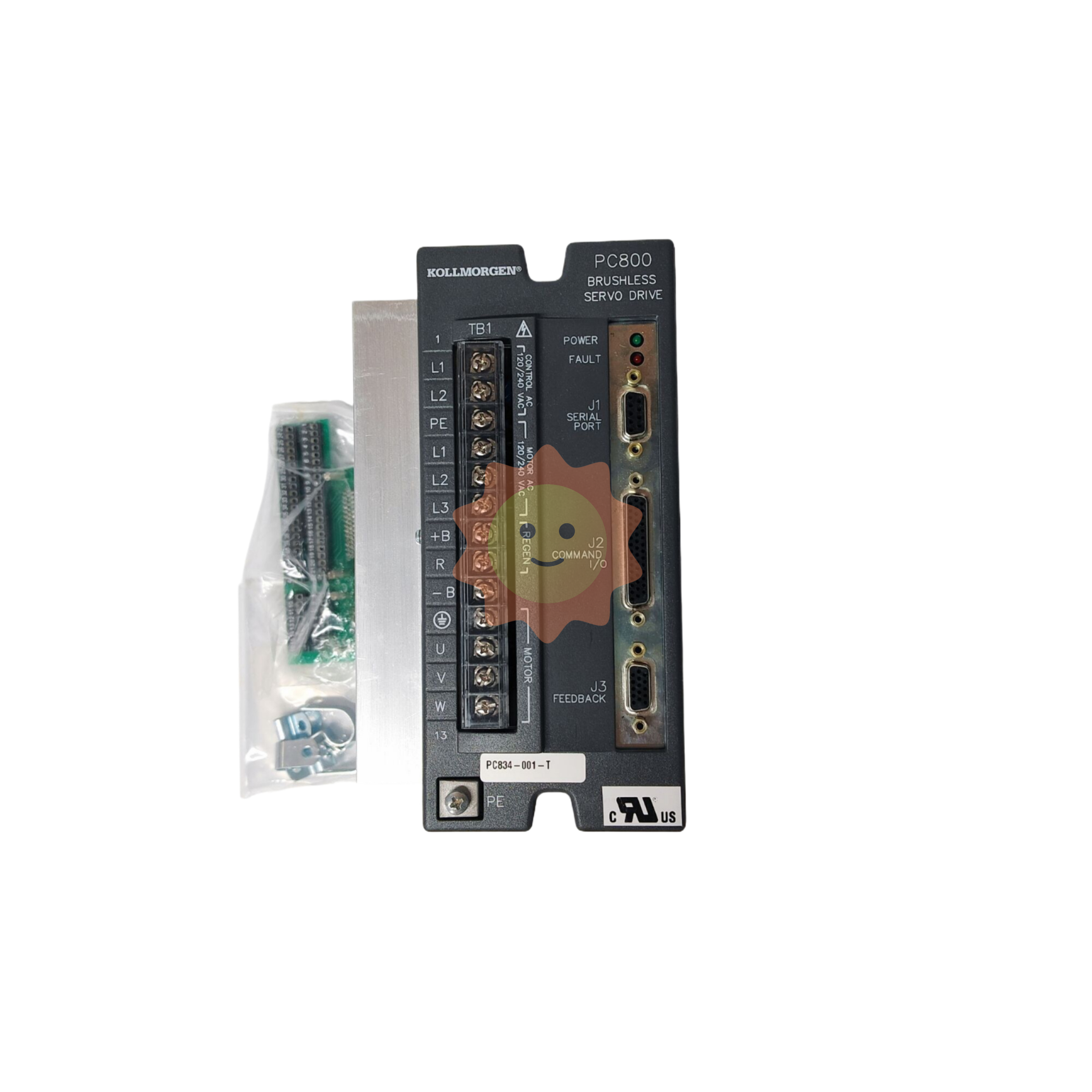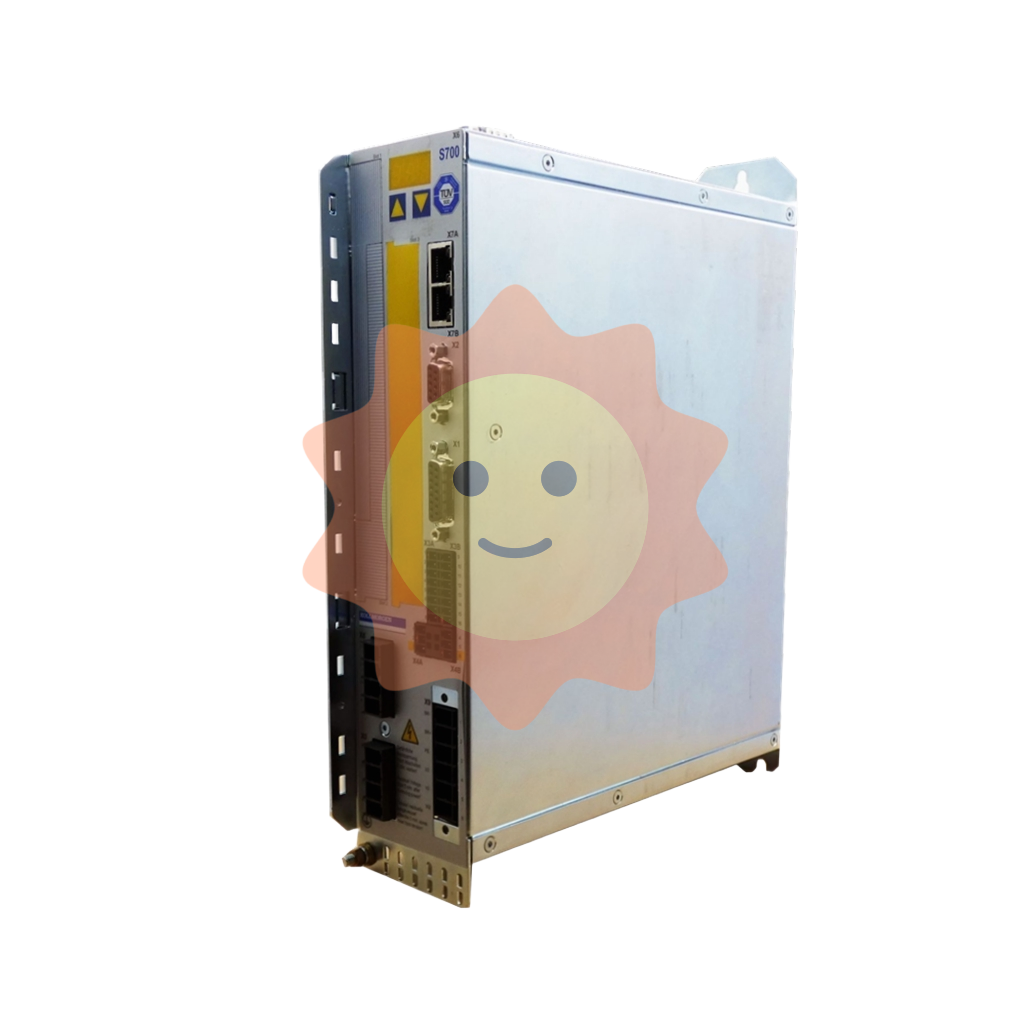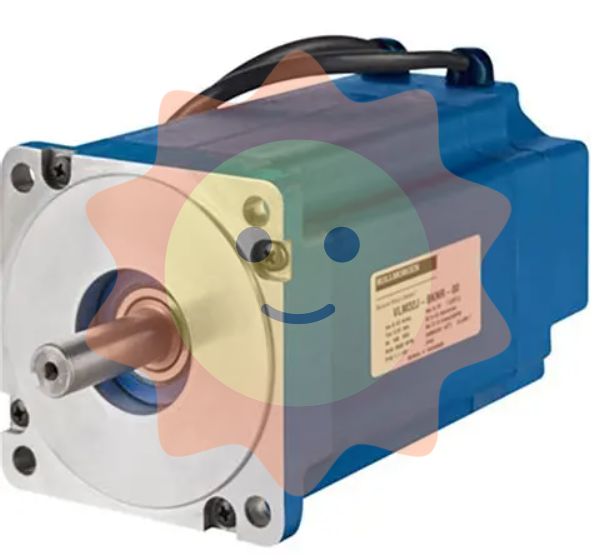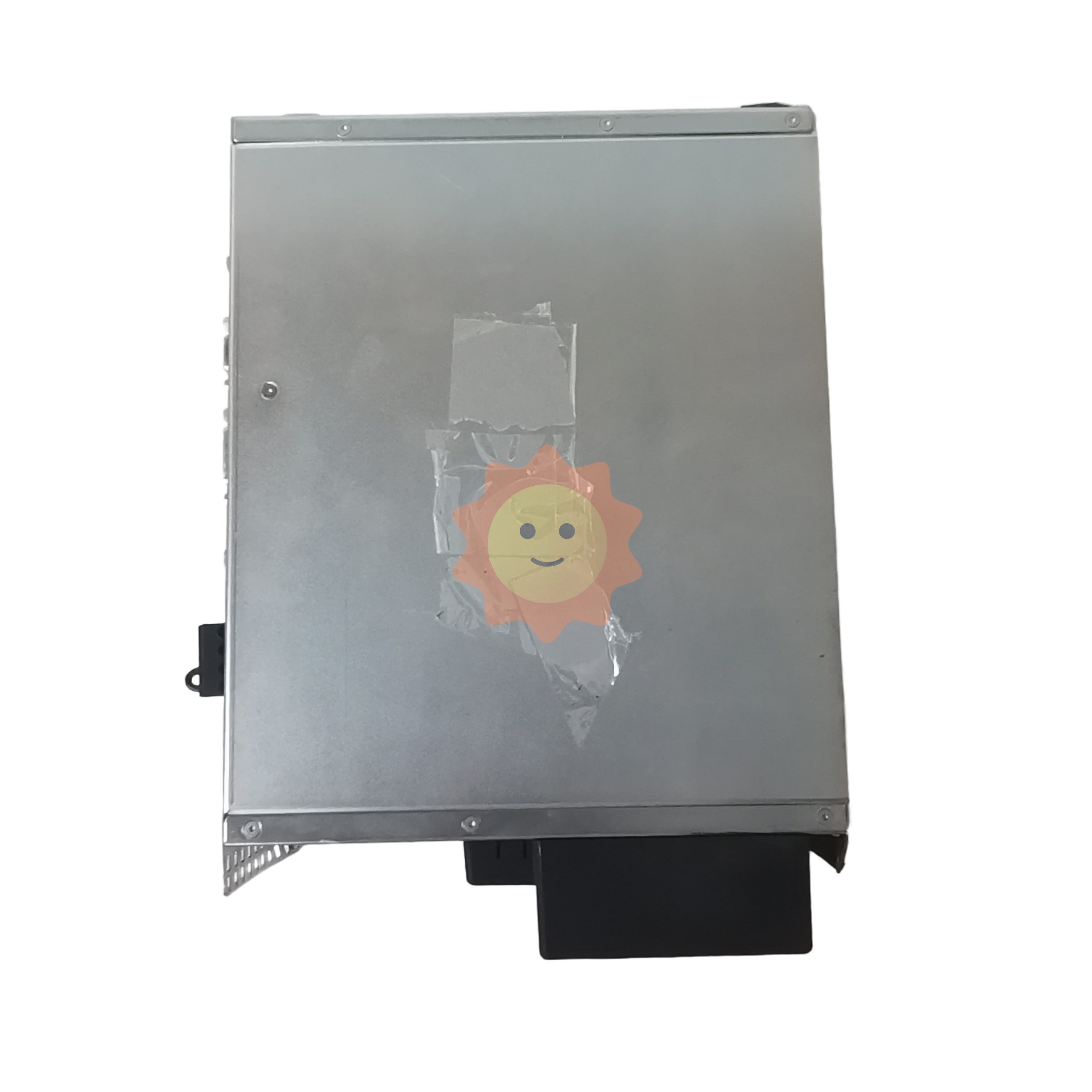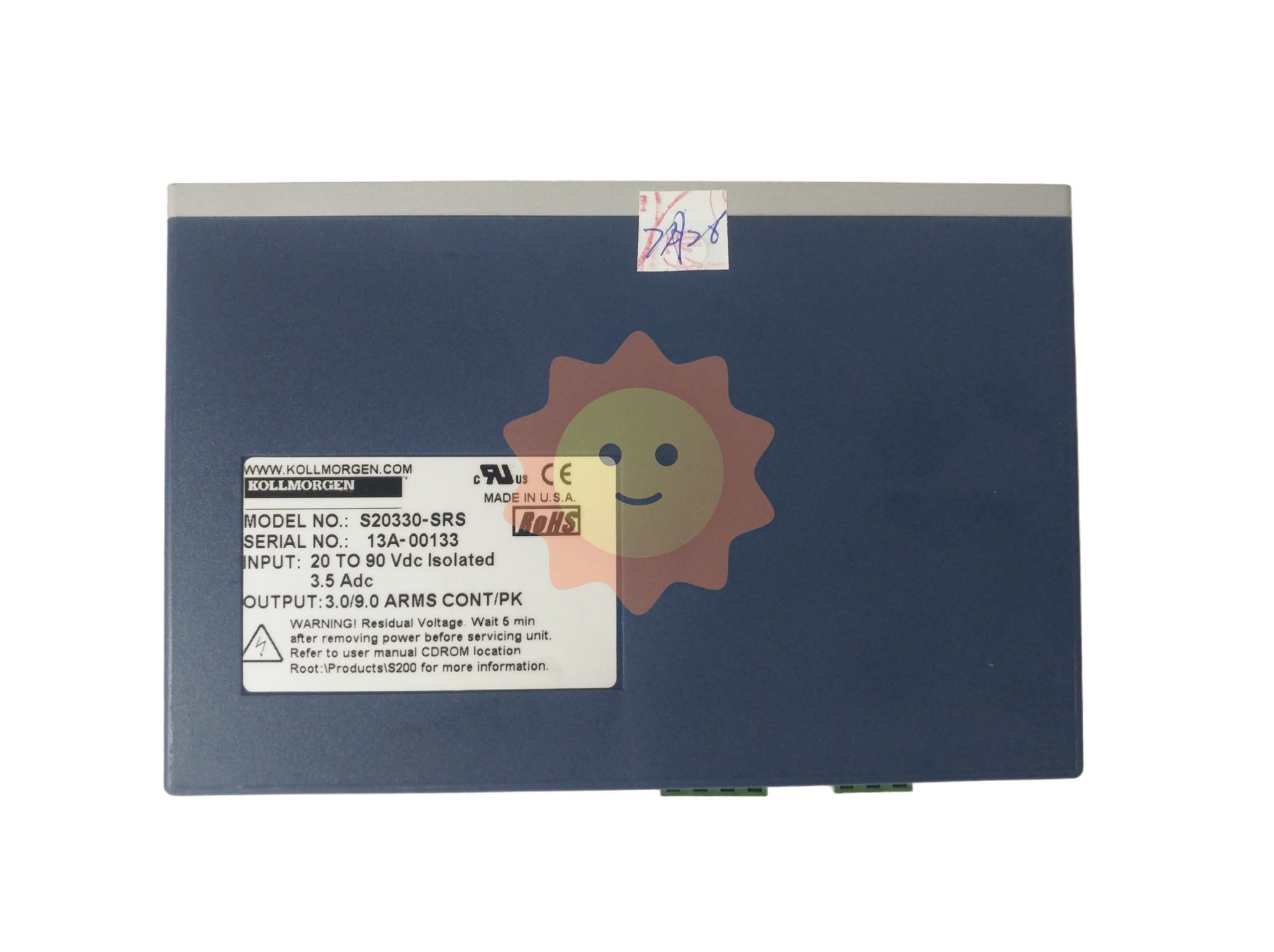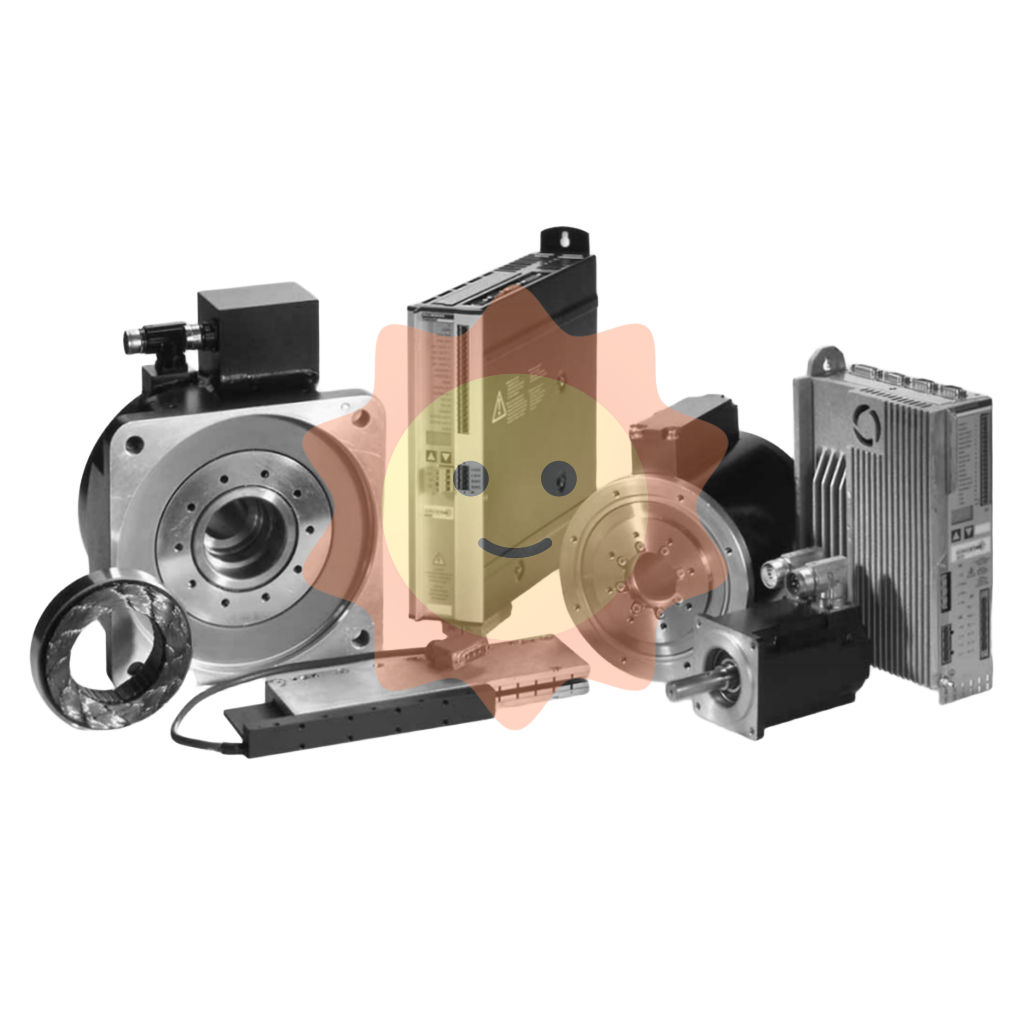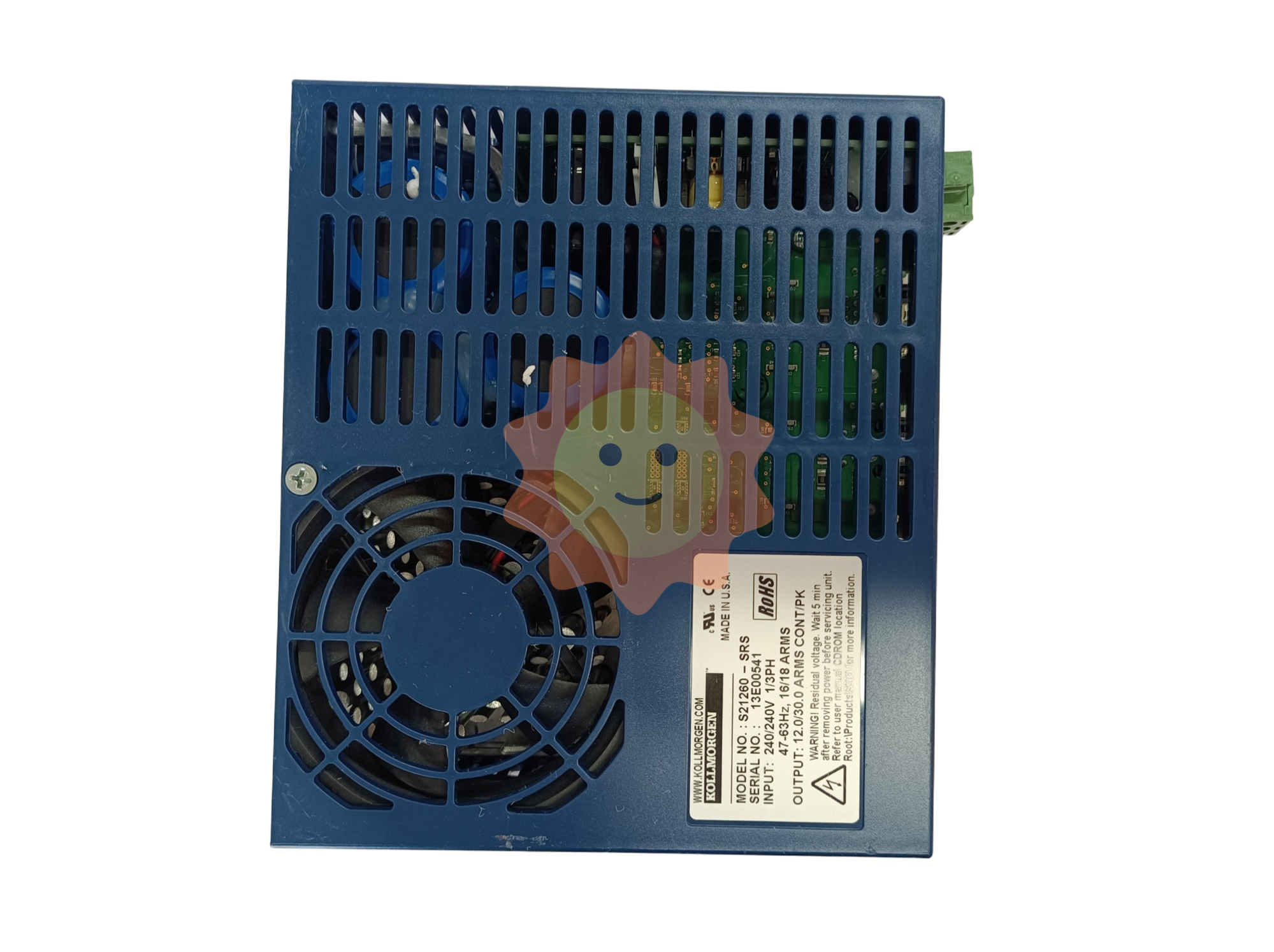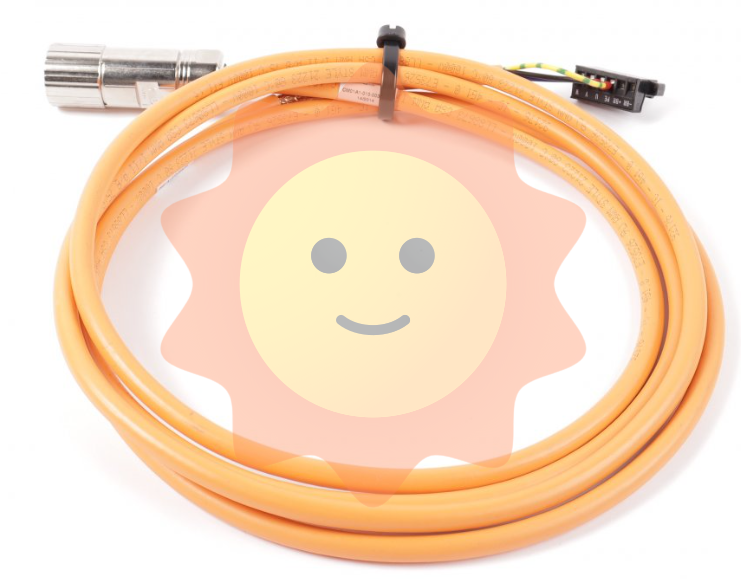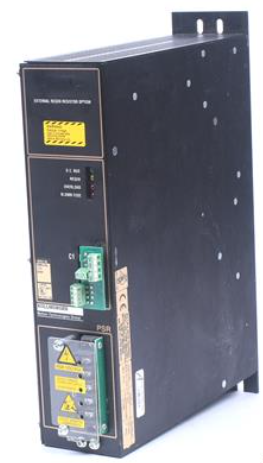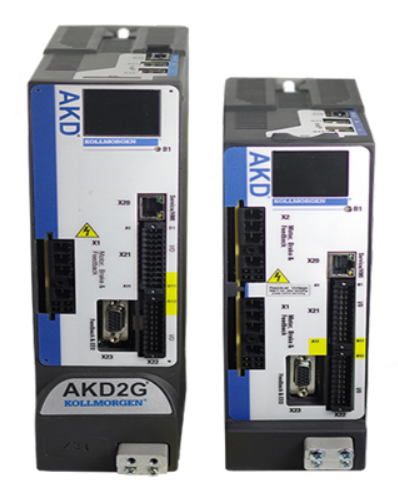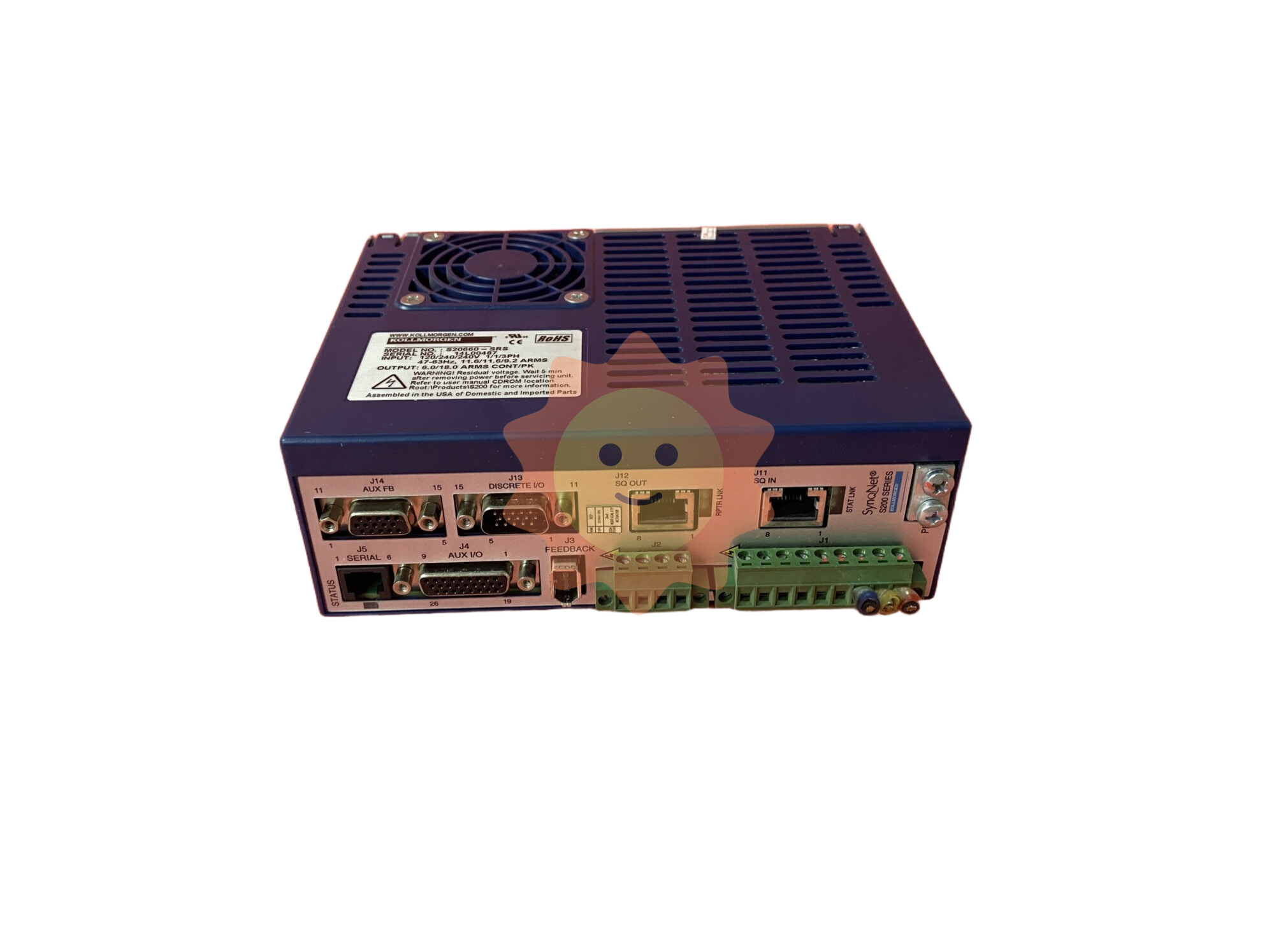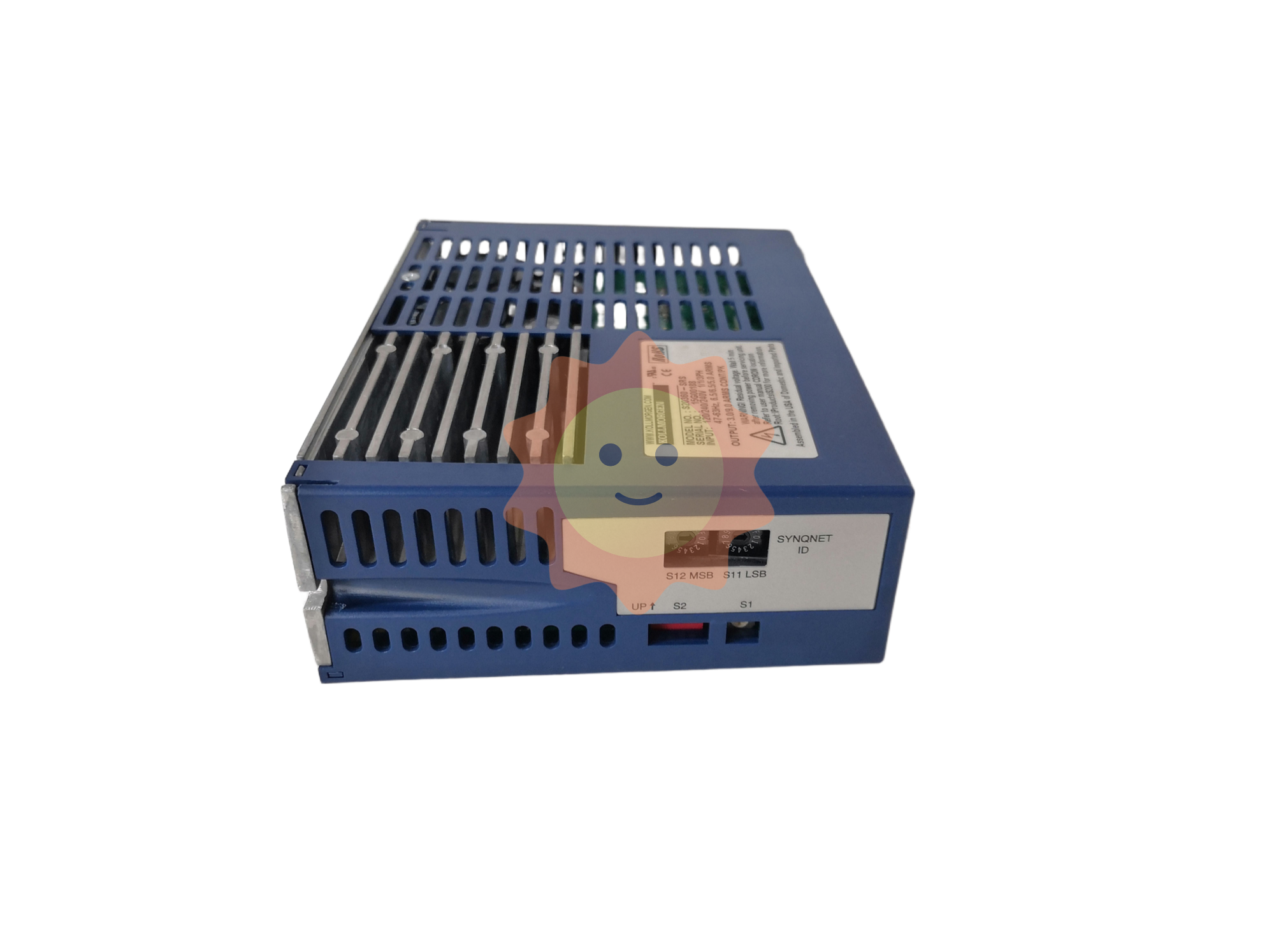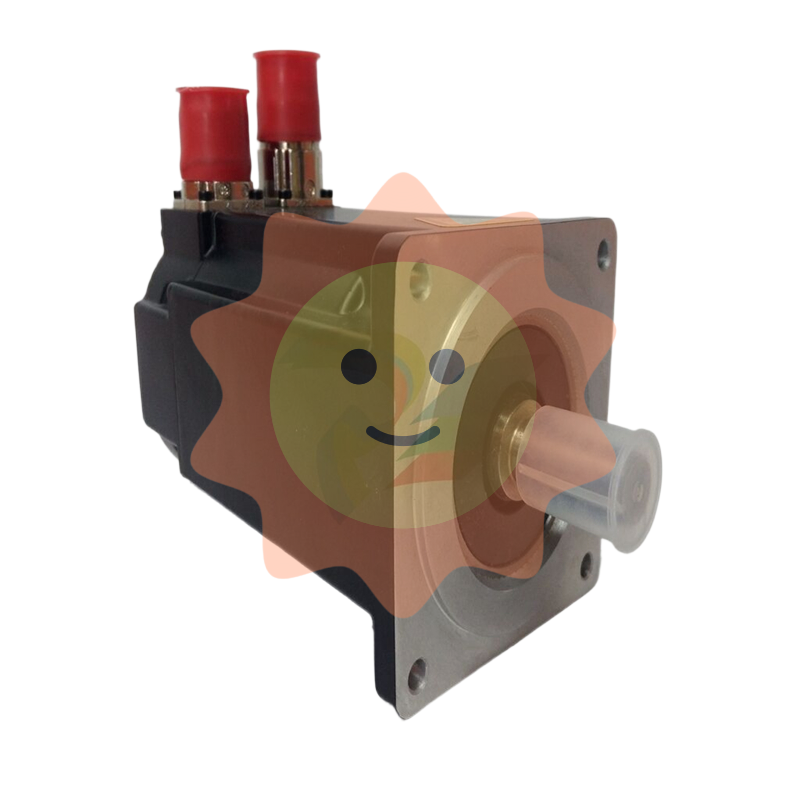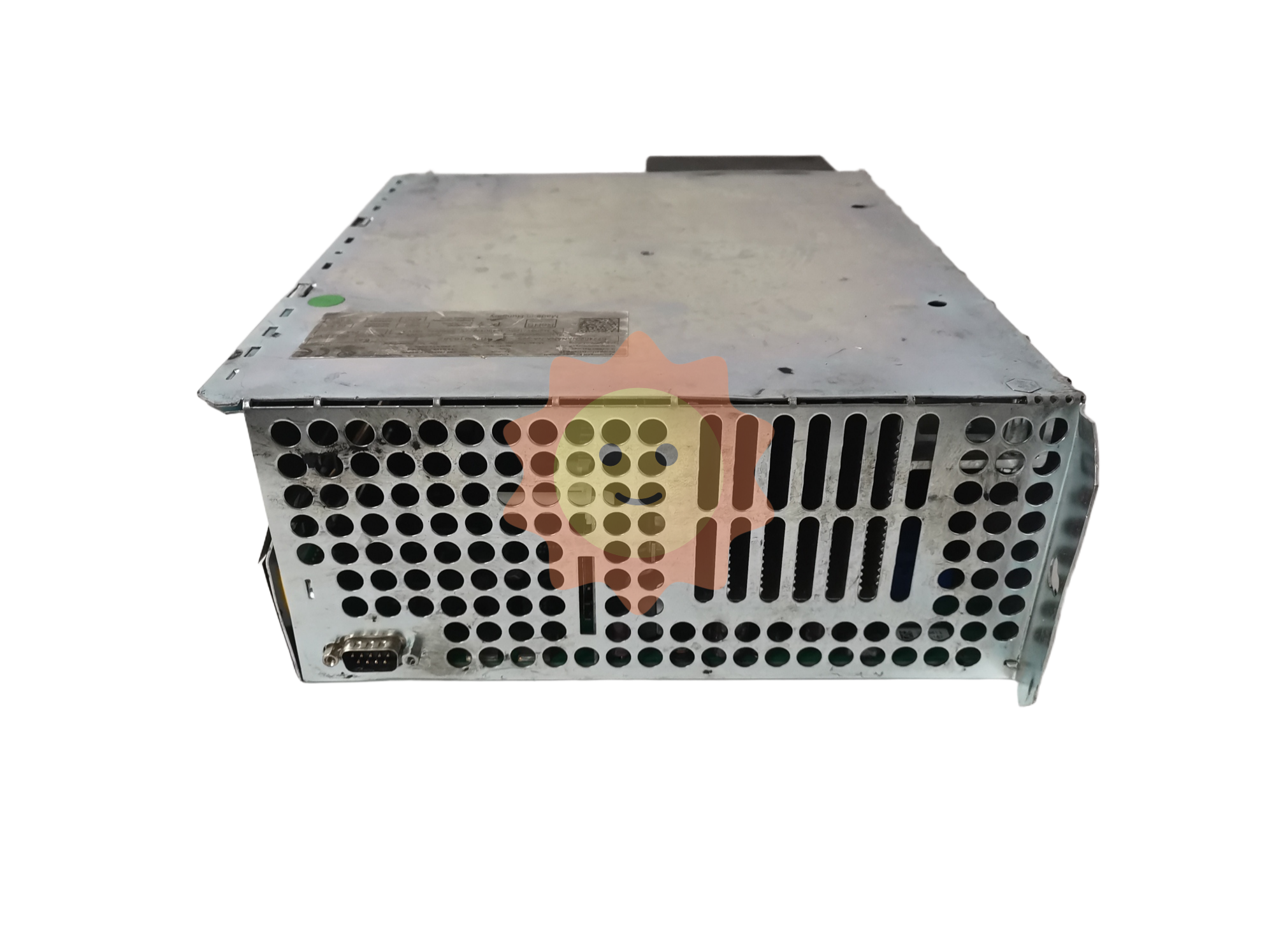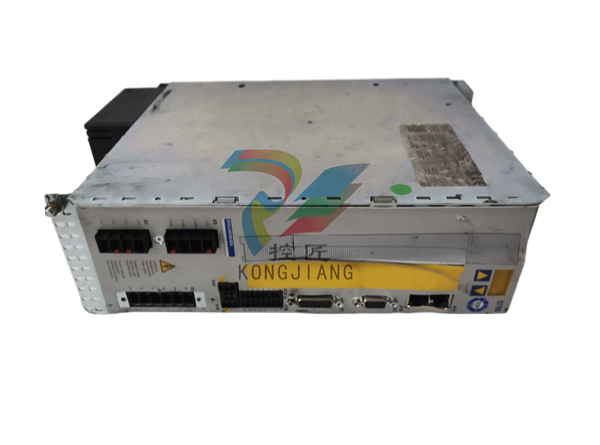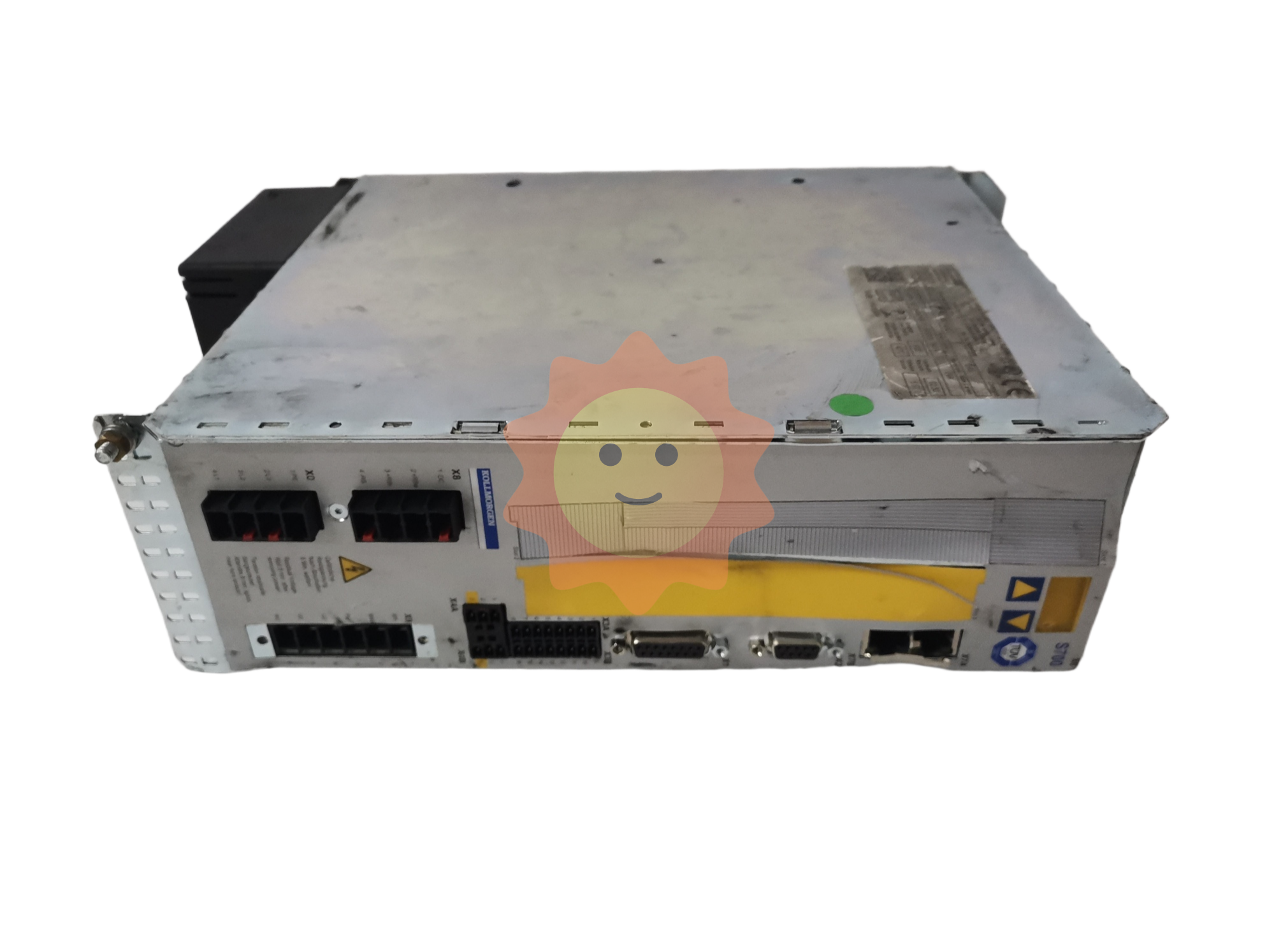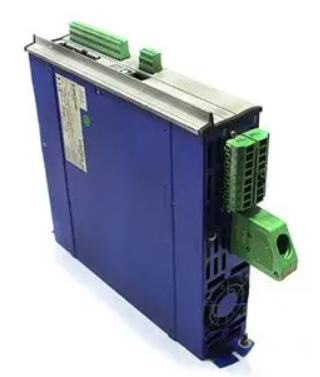Rolls-Royce Propulsion Control Boards
Rolls-Royce Propulsion Control Boards
Brand Background
As a model of excellence in the field of high-end manufacturing, Rolls-Royce, after a century of technological precipitation and continuous innovation, has steadily become an industry leader in key industries such as aerospace, shipping and energy. With the relentless pursuit of outstanding performance, high reliability and cutting-edge technology, Rolls-Royce tailors industry-leading solutions for customers around the world, and its brand has become synonymous with high quality and innovative spirit. In complex and harsh industrial environments, Rolls-Royce products always provide solid guarantee for the stable operation of all kinds of power systems.
Specification
As the core control component of the power propulsion system, Rolls-Royce Propulsion Control Boards (PCCBs) are designed to take into full consideration of diversified application requirements. In terms of power supply specifications, the board is able to adapt to a variety of industrial standard voltages to ensure stable operation in different power environments. Its rich interface design, equipped with RS-485, CAN bus and other physical interfaces, is convenient to connect with engines, propellers, inverters and other types of power equipment to achieve efficient data interaction and command transmission. In terms of dimensions, the control board is optimised for different application scenarios, meeting the installation requirements for compact spaces and also suitable for the integrated layout of large equipment. In addition, the control board has a wide range of operating temperatures, and can adapt to a variety of harsh environmental conditions from extreme cold to high temperature, to ensure that it can still work properly under extreme working conditions.
Technical features
Precision Control: Rolls-Royce Propulsion Control Boards utilise advanced algorithms and sophisticated sensor technology to accurately regulate the power output of the propulsion system. Whether it is a ship sailing under complex sea conditions or an aircraft flying under different meteorological conditions, the control boards can quickly adjust the engine speed, torque and other parameters according to the real-time working conditions to ensure stable and efficient power output, thus effectively improving the overall performance of the system.
Highly integrated design: The control board adopts a highly integrated circuit design, integrating multiple control function modules into one, reducing the complicated wiring connections in the system and lowering the probability of failure. At the same time, this design improves the space utilisation of the equipment and makes the installation and maintenance of the power system more convenient.
Powerful Fault Diagnosis and Redundancy Protection: The control board has a built-in intelligent fault diagnosis system, which is able to monitor the operating status of the control board and connected equipment in real time. Once an abnormality is detected, the system can quickly locate the point of failure and issue an alarm, which is convenient for technicians to investigate and repair in a timely manner. In addition, the control board has a redundant design, so that when a key component fails, the backup component can be switched immediately and seamlessly to ensure the continuous and stable operation of the propulsion system, which significantly improves the reliability and safety of the system.
Intelligent communication and remote monitoring: Rolls-Royce Propulsion Control Boards support a variety of communication protocols, allowing real-time data interaction with the central control system of the ship or aircraft, as well as the ground monitoring centre, for remote monitoring and management. Through the network, technicians can remotely obtain the operation data of the control boards and adjust and optimise the parameters of the propulsion system, which significantly improves the intelligent level of equipment management and operation and maintenance efficiency.
Supplementary Models
Rolls-Royce propulsion control panels have various models to meet different application scenarios and technical requirements. For example, some models are specially designed for the diesel engine propulsion system of large ships, with stronger adaptability in power control and load adjustment; while others are suitable for the propulsion control of aviation engines, focusing on the control performance of high speed and high precision. The model naming rules usually contain information such as product series code, performance parameter code, and application field identification. Through the interpretation of the model number, users can quickly understand the scope of application of the control board and the core technical indicators, so as to facilitate the selection of the most suitable product.
Applied Vessels
Offshore Support Vessels: Such as offshore supply vessels, these vessels operate in complex environments and require a high degree of vessel manoeuvrability and system integration. Rolls-Royce's Unified Bridge System provides a convenient human-machine interface for the crew to operate all kinds of equipment; its dynamic positioning system can accurately control the ship's position to ensure the safe transfer of cargo and other operations. When anchoring, the propulsion and thruster control system can flexibly adjust the vessel's power and direction to ensure safe and efficient operations.
Subsea Construction / Drilling Vessels: Subsea construction and drilling operations require a high degree of positioning accuracy and stability. Rolls-Royce's dynamic positioning systems, such as the Icon DP series, can adjust the ship's position in real time in response to changes in the external environment to meet the stringent positioning requirements. The Acon LNG control system in the ship automation system ensures the safety and stability of the gas supply when LNG is used as a fuel, providing reliable energy support for operations.
Yachts: Comfort and manoeuvrability are important for yachts. The ergonomic design of their automation and control systems, such as the layout of the unified bridge and the design of the operating equipment, makes it more comfortable and convenient for the driver to operate; the propulsion and thruster control system enables flexible manoeuvring and improves the navigational performance of the yacht.
Workboats / Tugs: Workboats and tugs have a wide range of tasks that require powerful power control and flexible manoeuvrability. Rolls-Royce propulsion and thruster control systems are designed to meet the power requirements of different operating conditions, with redundancy to enhance system reliability. The Unified Bridge System integrates a variety of control and information displays, allowing crew members to quickly access information and perform operations.
Heavy Transport Vessels: Heavy transport vessels transport heavy cargoes and have high requirements for ship power and stability. The company's propulsion system can provide strong power to guarantee the ship's transport efficiency. The ship automation system can effectively monitor the operation status of all ship systems to ensure the safety and reliability of the transport process.
Windmill Installation and Support Vessel: During the windmill installation operation, there are strict requirements for ship positioning and equipment co-operation. Dynamic positioning system can accurately control the ship's position, making the installation operation more accurate and efficient; automation system can realise the centralized control and monitoring of all kinds of equipments, improving the safety and efficiency of the operation.
Patrol vessels: Patrol vessels require fast response and flexible manoeuvring when carrying out their duties. Rolls-Royce's propulsion and thruster control systems enable patrol vessels to arrive at the designated location quickly. The alarm and monitoring functions in the automation system can monitor the ship's surrounding environment and the status of its own equipment in real time, thus guaranteeing the smooth progress of the patrol mission.
Cargo Ship: Cargo ships transport a wide variety of cargoes and have high requirements for ship operation efficiency and safety. The energy management system can optimise the energy consumption of the ship and reduce the operation cost; the ship automation system can effectively monitor and manage the cargo hold, power and other systems to ensure the safety of cargo transportation.
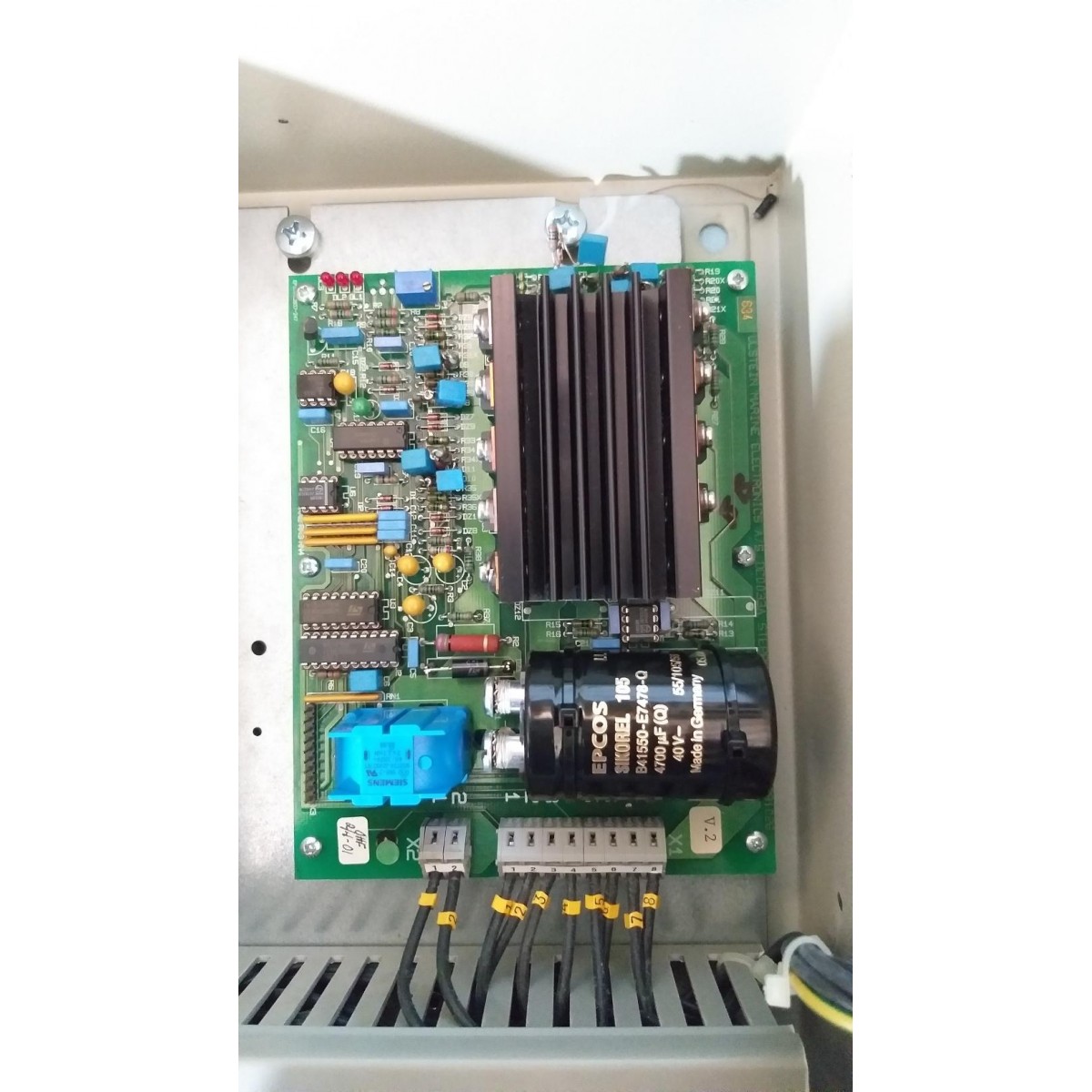
- EMERSON
- Honeywell
- CTI
- Rolls-Royce
- General Electric
- Woodward
- Yaskawa
- xYCOM
- Motorola
- Siemens
- Rockwell
- ABB
- B&R
- HIMA
- Construction site
- electricity
- Automobile market
- PLC
- DCS
- Motor drivers
- VSD
- Implications
- cement
- CO2
- CEM
- methane
- Artificial intelligence
- Titanic
- Solar energy
- Hydrogen fuel cell
- Hydrogen and fuel cells
- Hydrogen and oxygen fuel cells
- tyre
- Chemical fiber
- dynamo
- corpuscle
- Pulp and paper
- printing
- fossil
- FANUC
- Food and beverage
- Life science
- Sewage treatment
- Personal care
- electricity
- boats
- infrastructure
- Automobile industry
- metallurgy
- Nuclear power generation
- Geothermal power generation
- Water and wastewater
- Infrastructure construction
- Mine hazard
- steel
- papermaking
- Natural gas industry
- Infrastructure construction
- Power and energy
- Rubber and plastic
- Renewable energy
- pharmacy
- mining
- Plastic industry
- Schneider
- Kongsberg
- NI
- Wind energy
- International petroleum
- International new energy network
- gas
- WATLOW
- ProSoft
- SEW
- wind
- ADVANCED
- Reliance
- YOKOGAWA
- TRICONEX
- FOXBORO
- METSO
- MAN
- Advantest
- ADVANCED
- ALSTOM
- Control Wave
- AB
- AMAT
- STUDER
- KONGSBERG
- MOTOROLA
- DANAHER MOTION
- Bently
- Galil
- EATON
- MOLEX
- Triconex
- DEIF
- B&W
- ZYGO
- Aerotech
- DANFOSS
- KOLLMORGEN
- Beijer
- Endress+Hauser
- MOOG
- KB
- Moxa
- Rexroth


Email:wang@kongjiangauto.com

